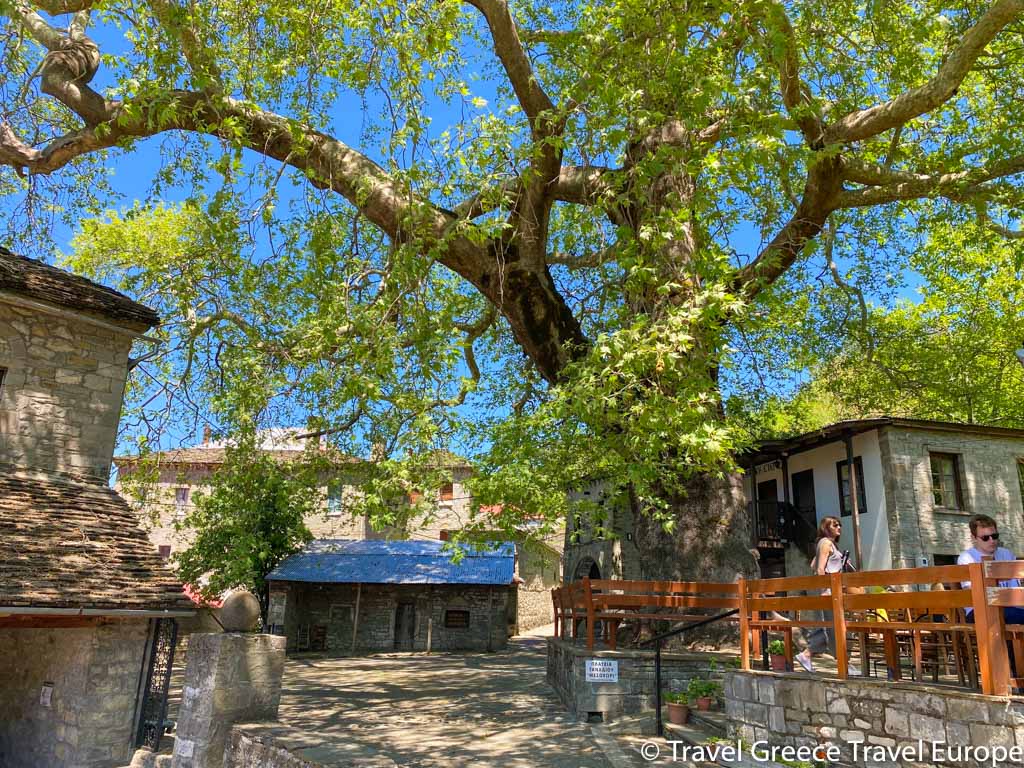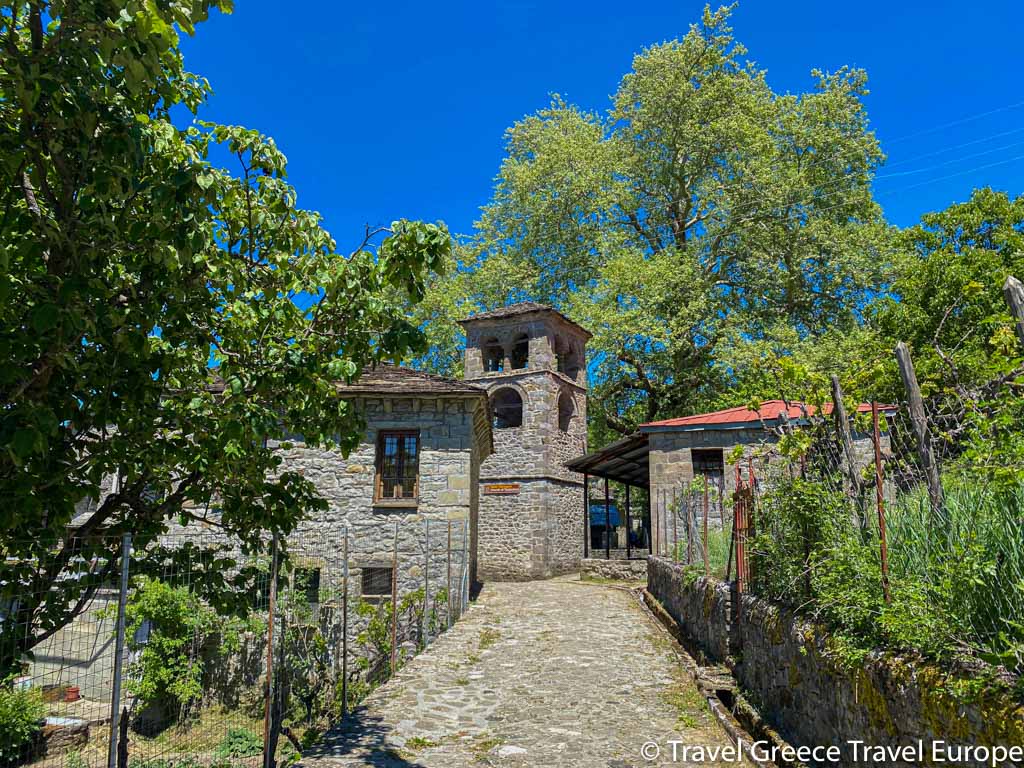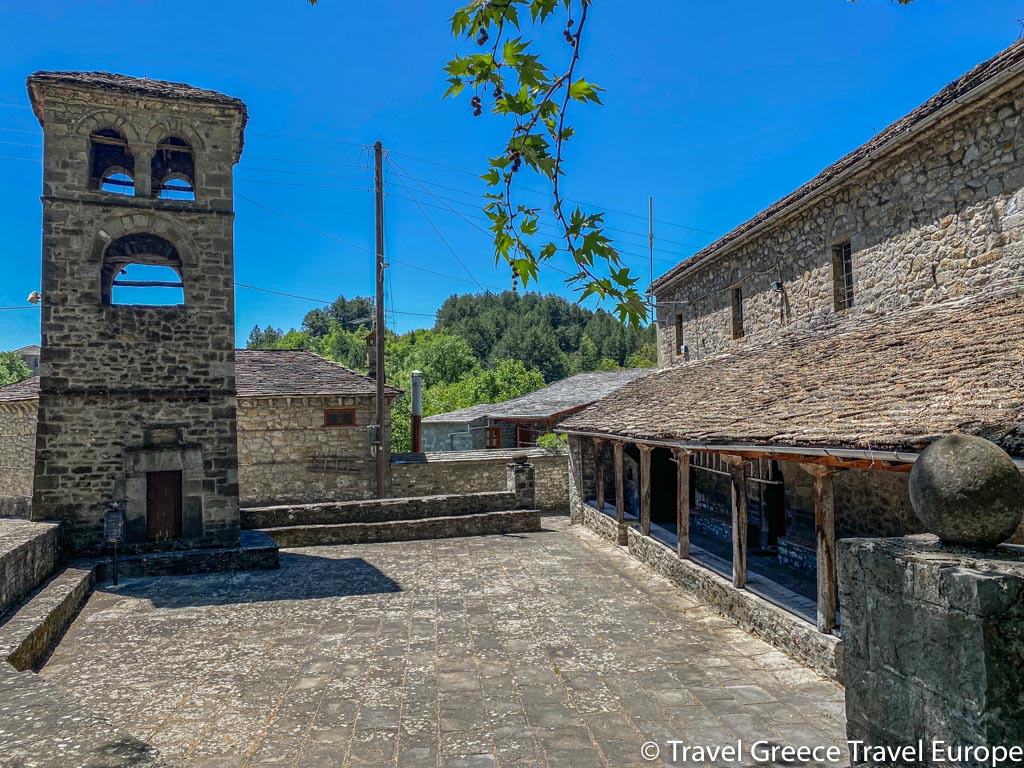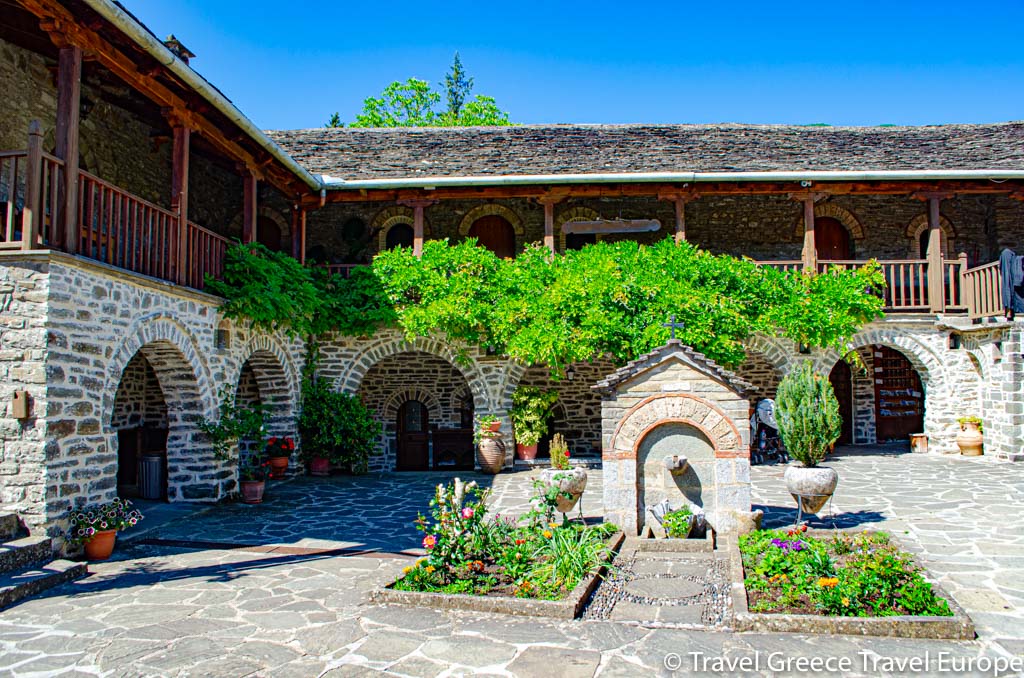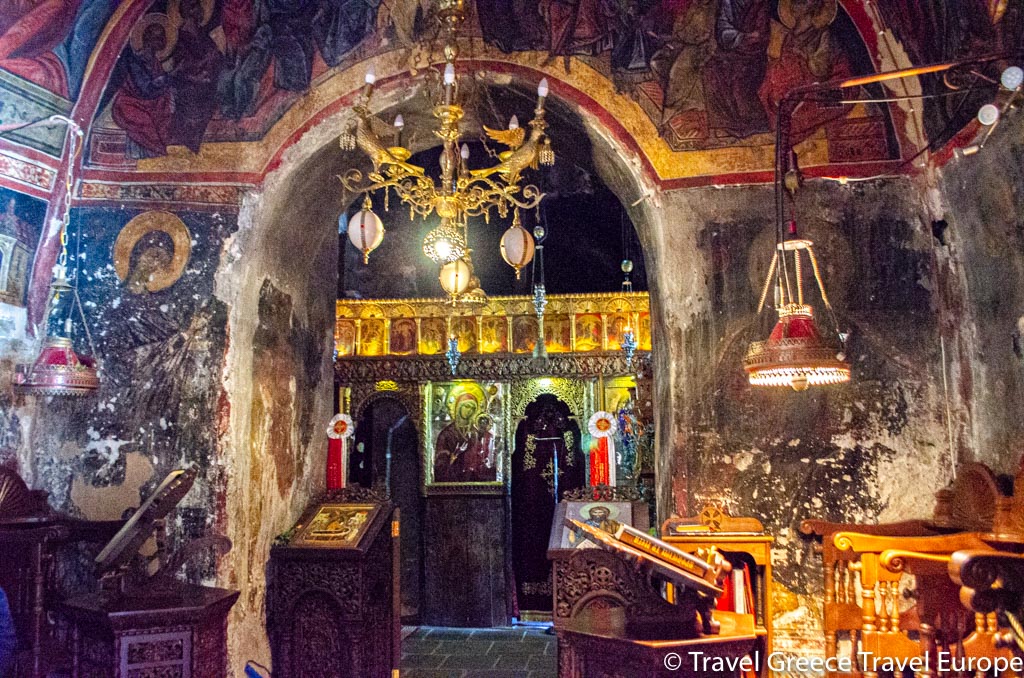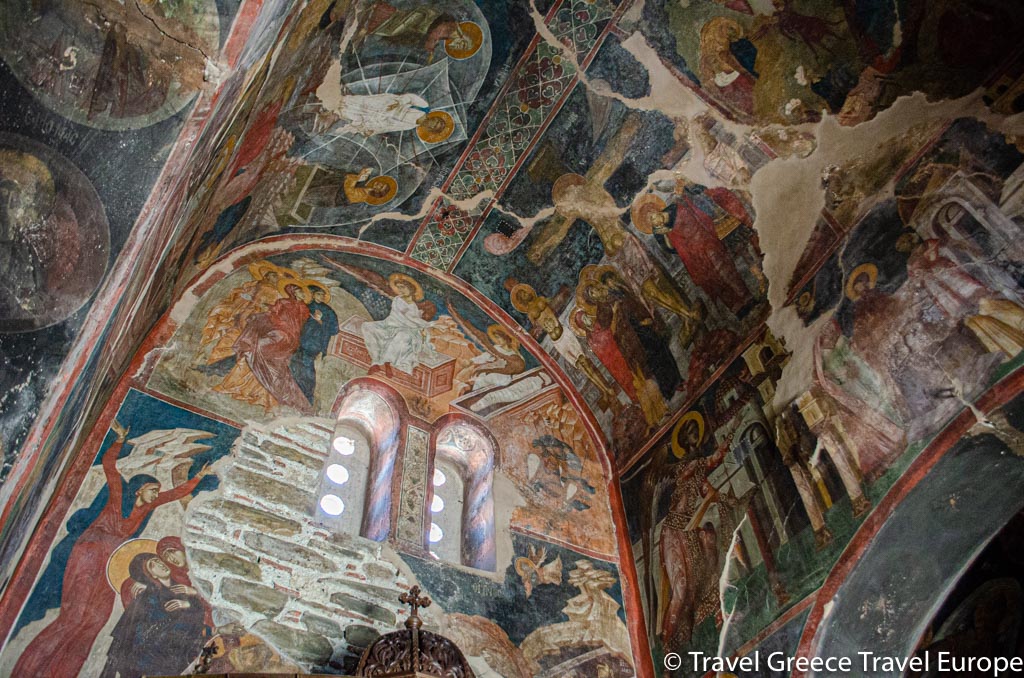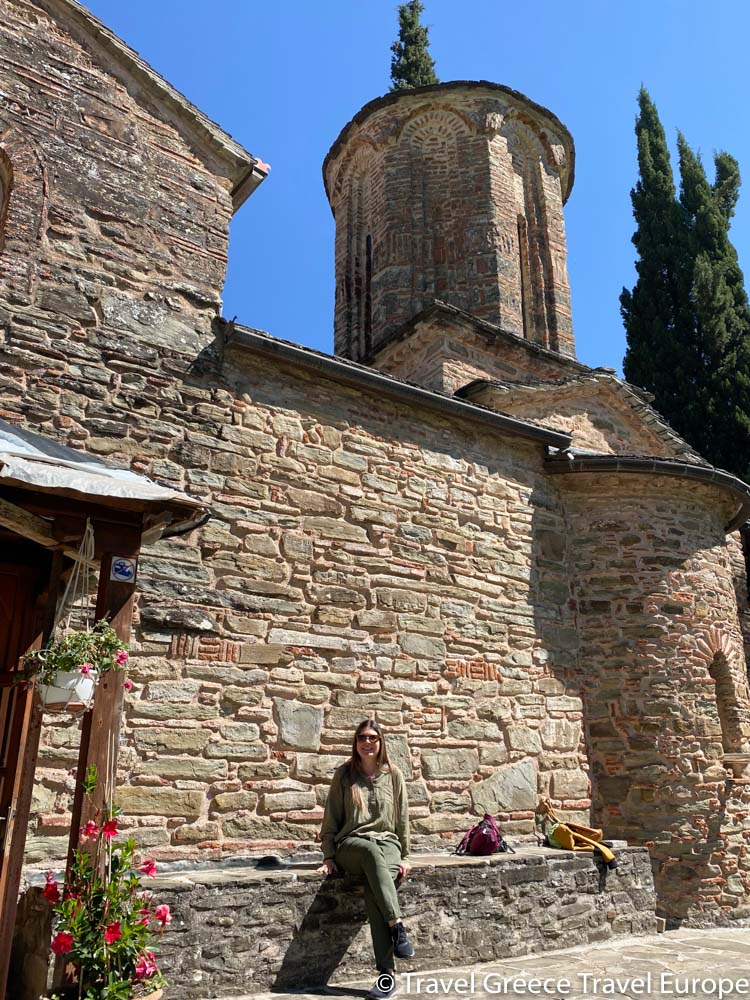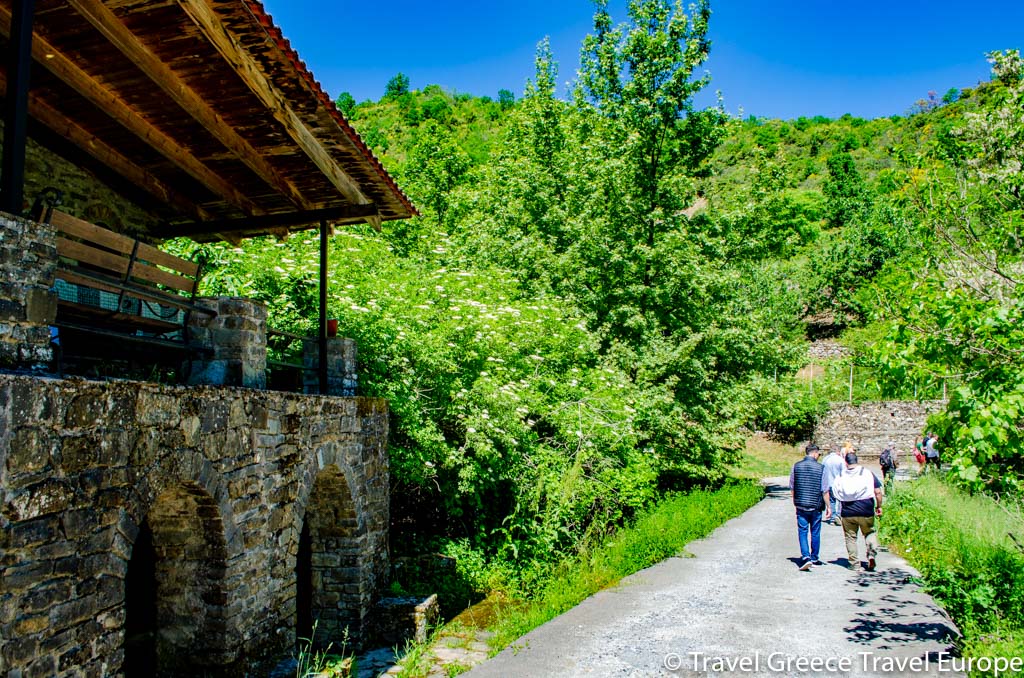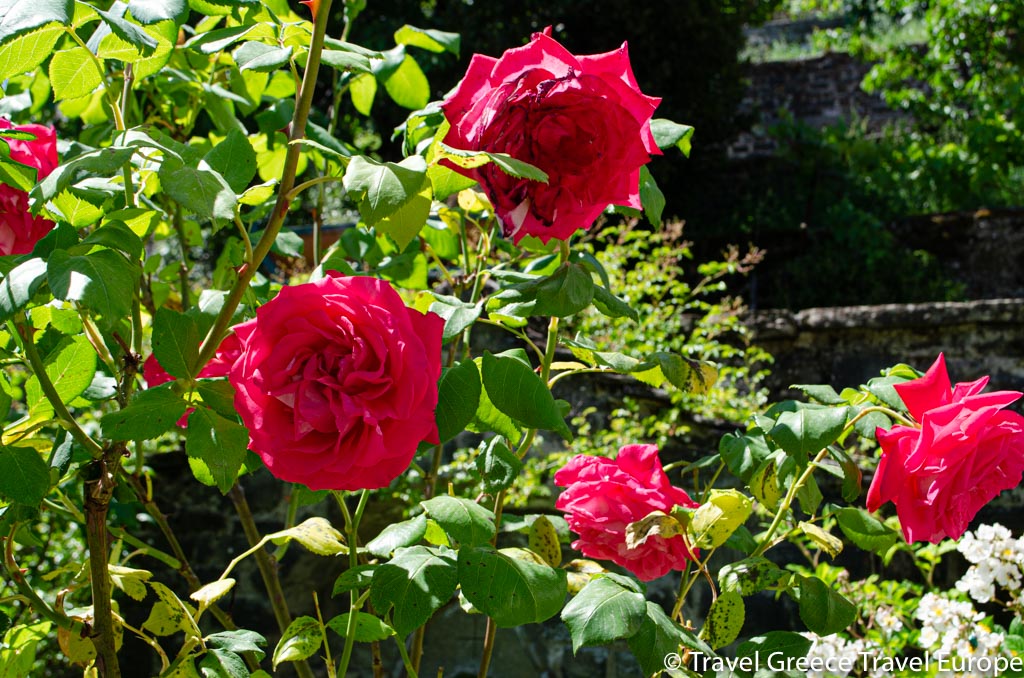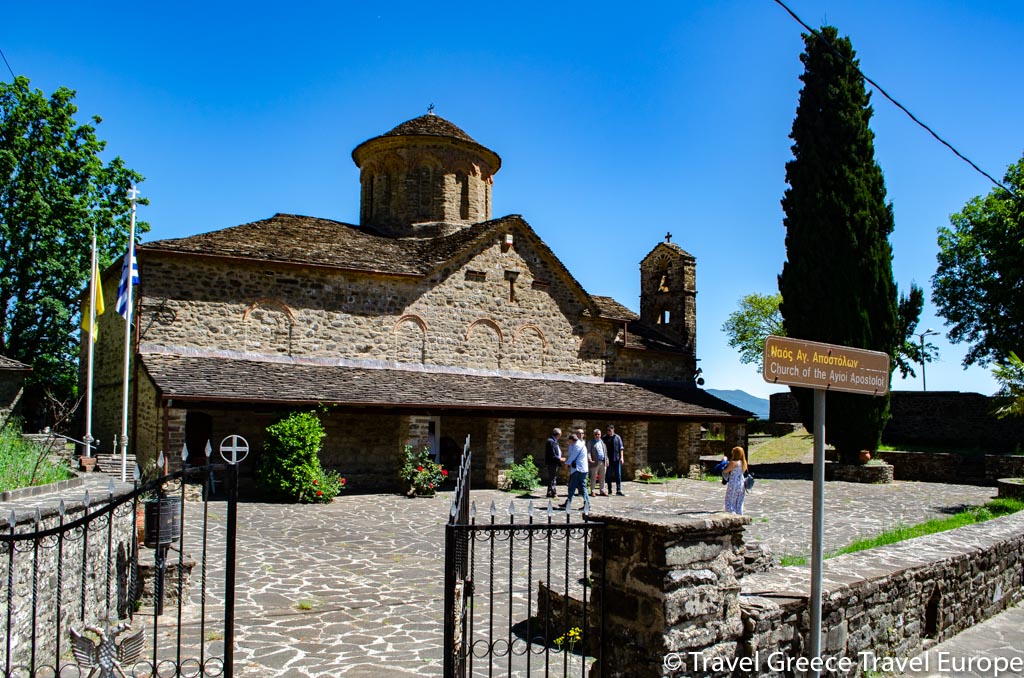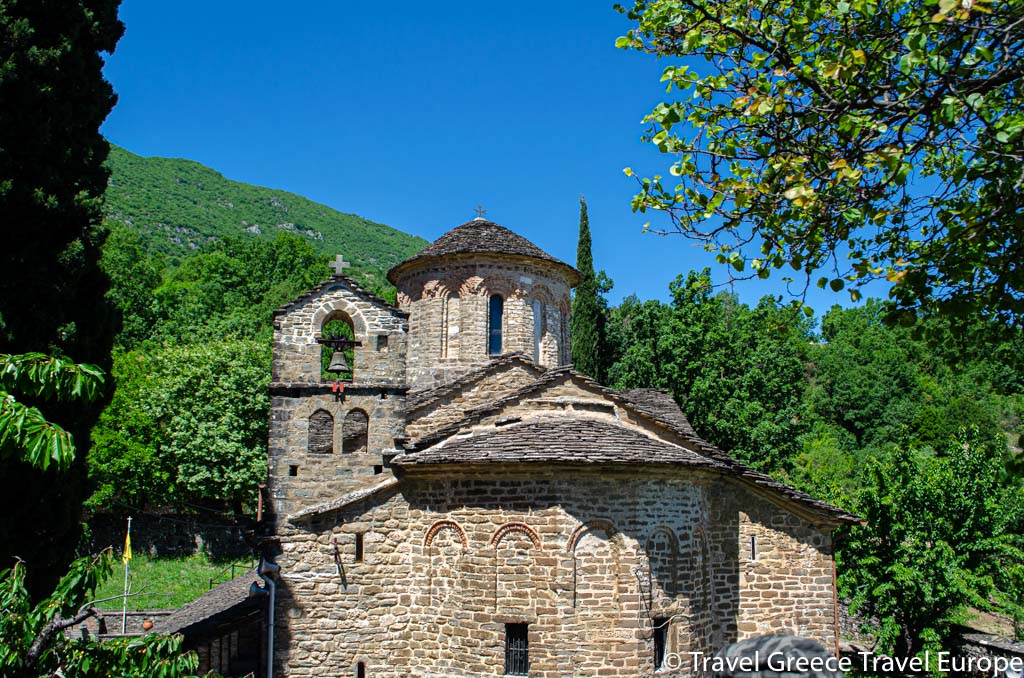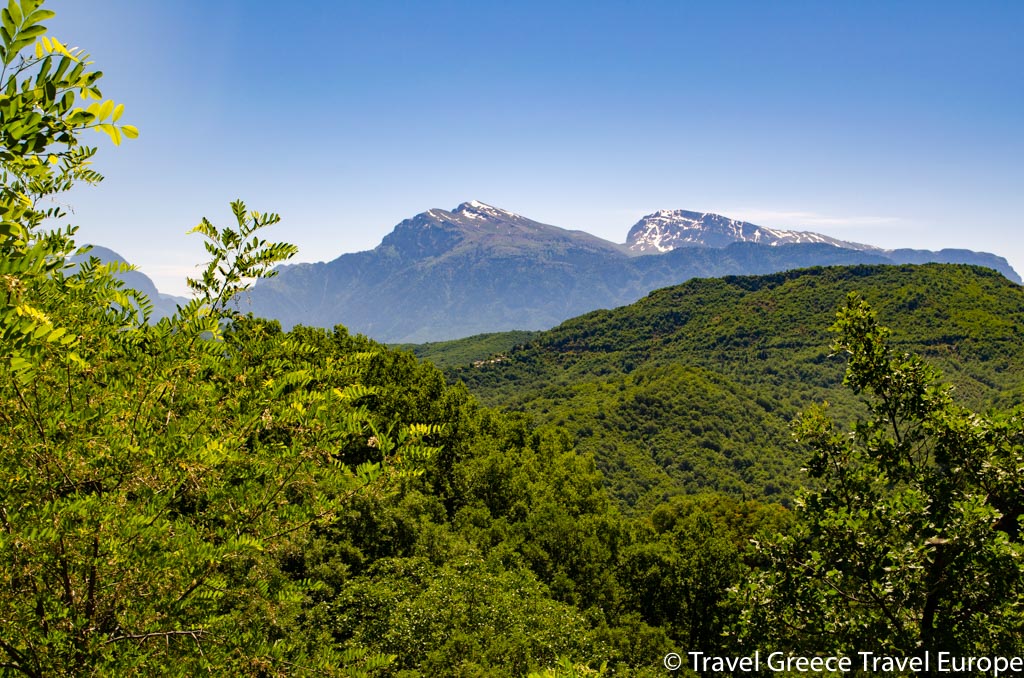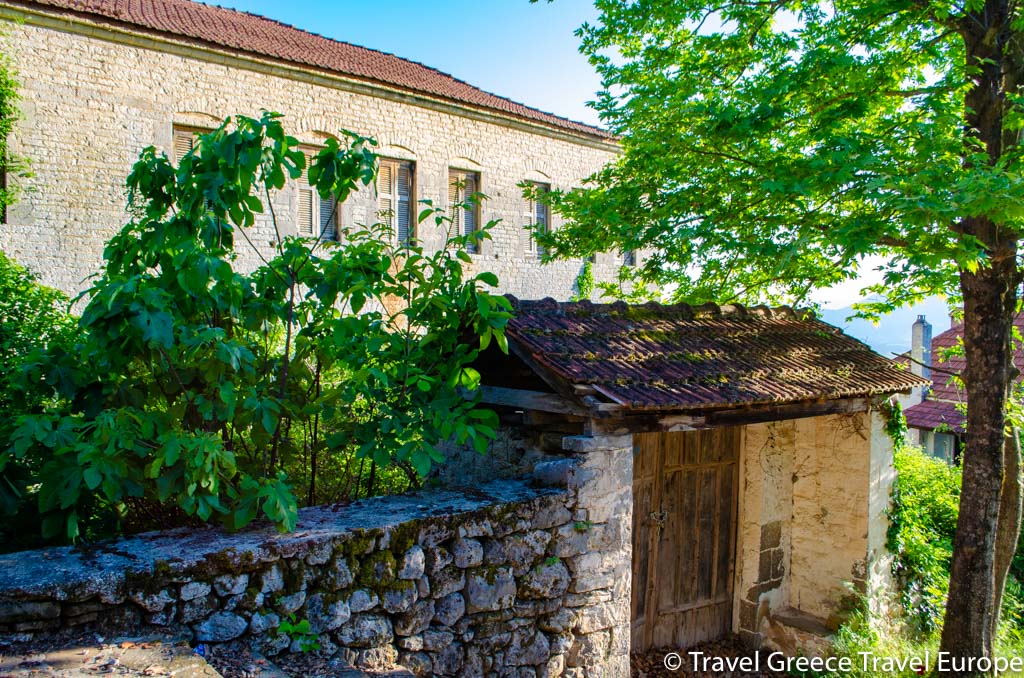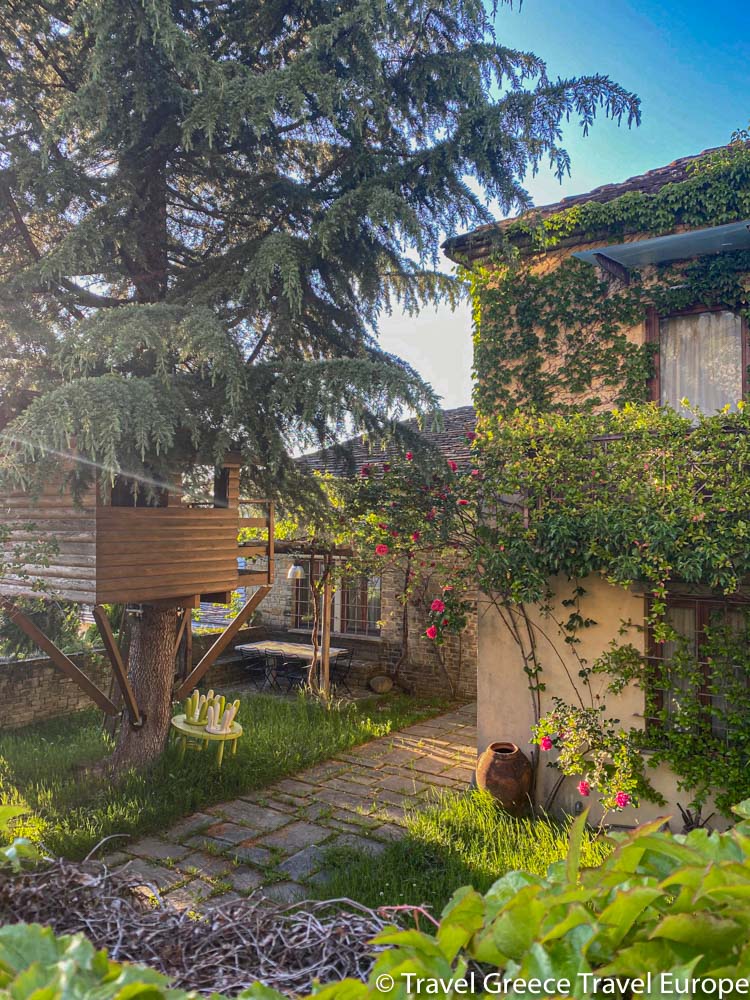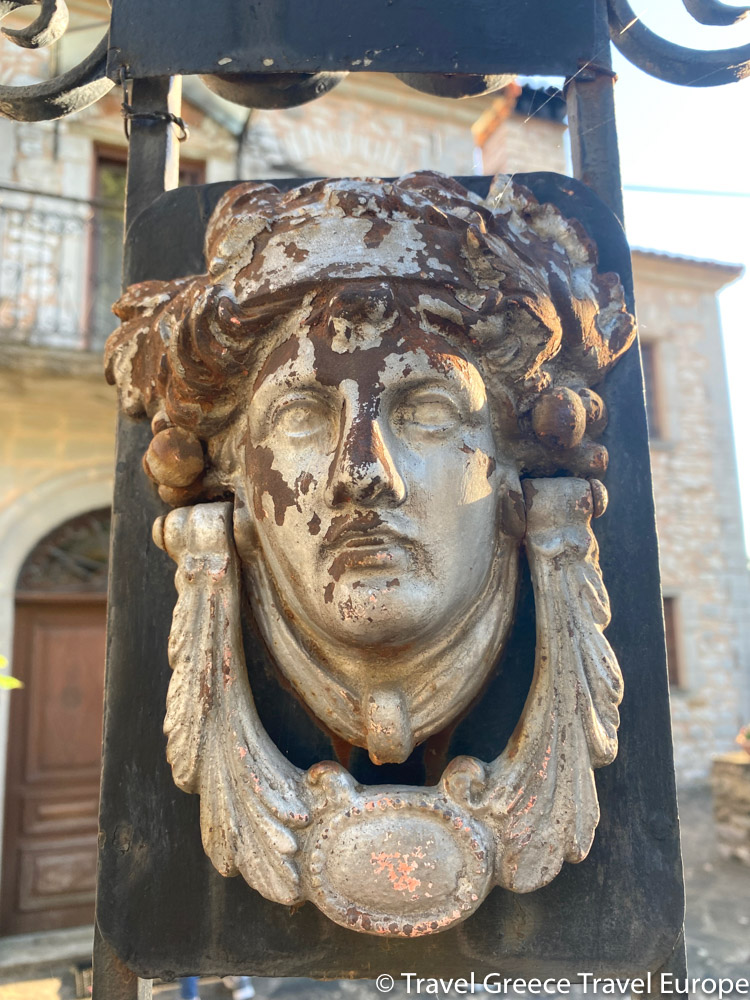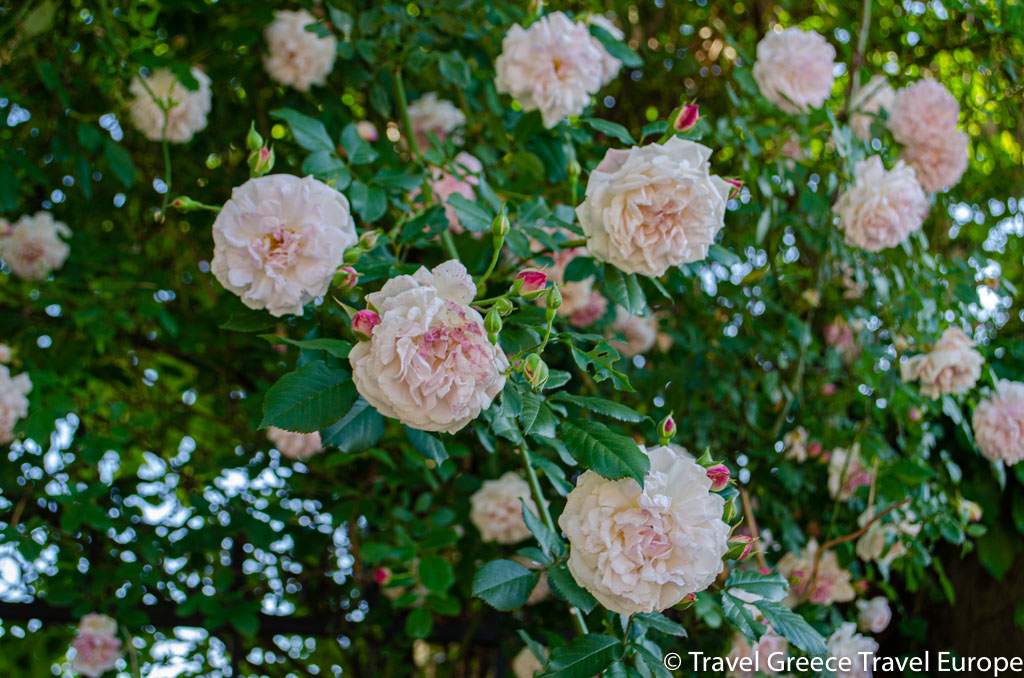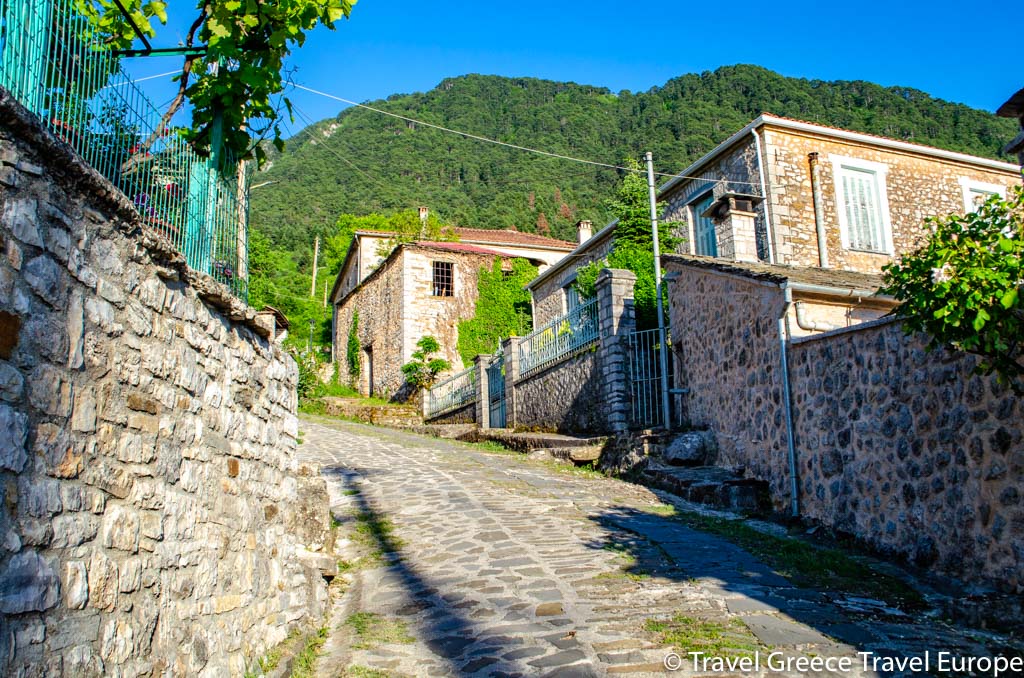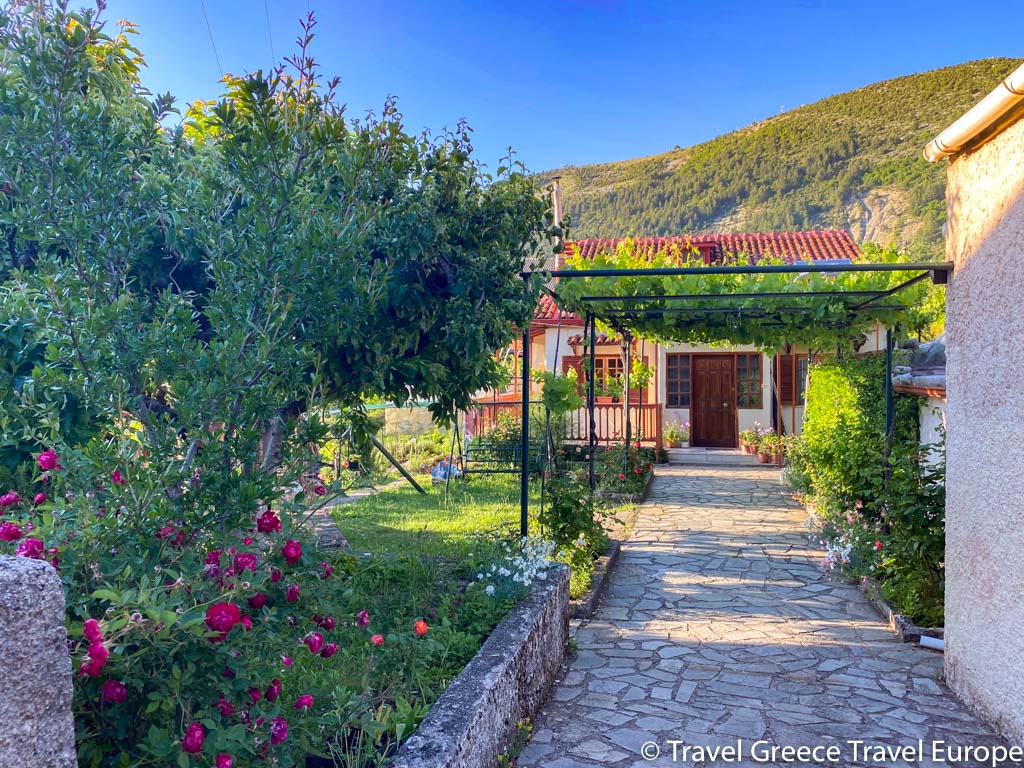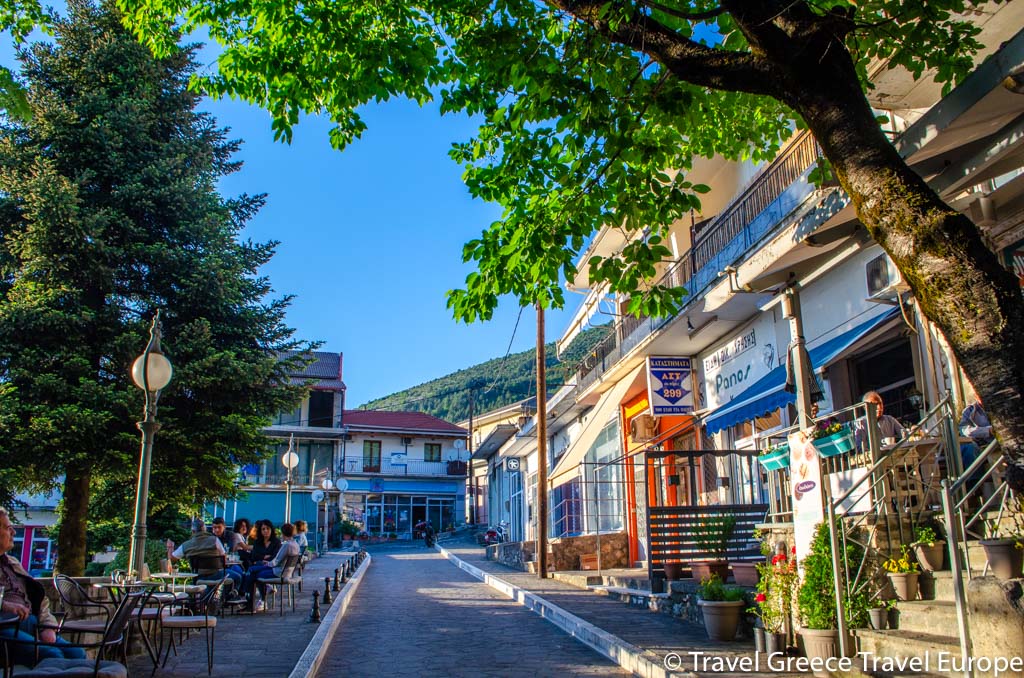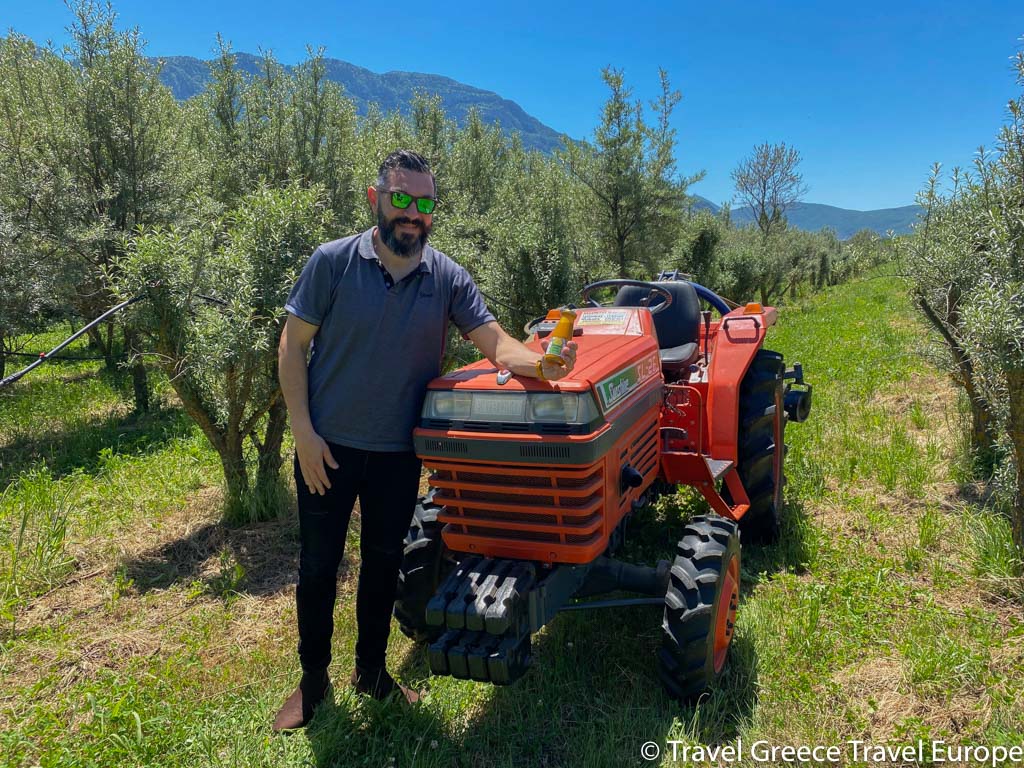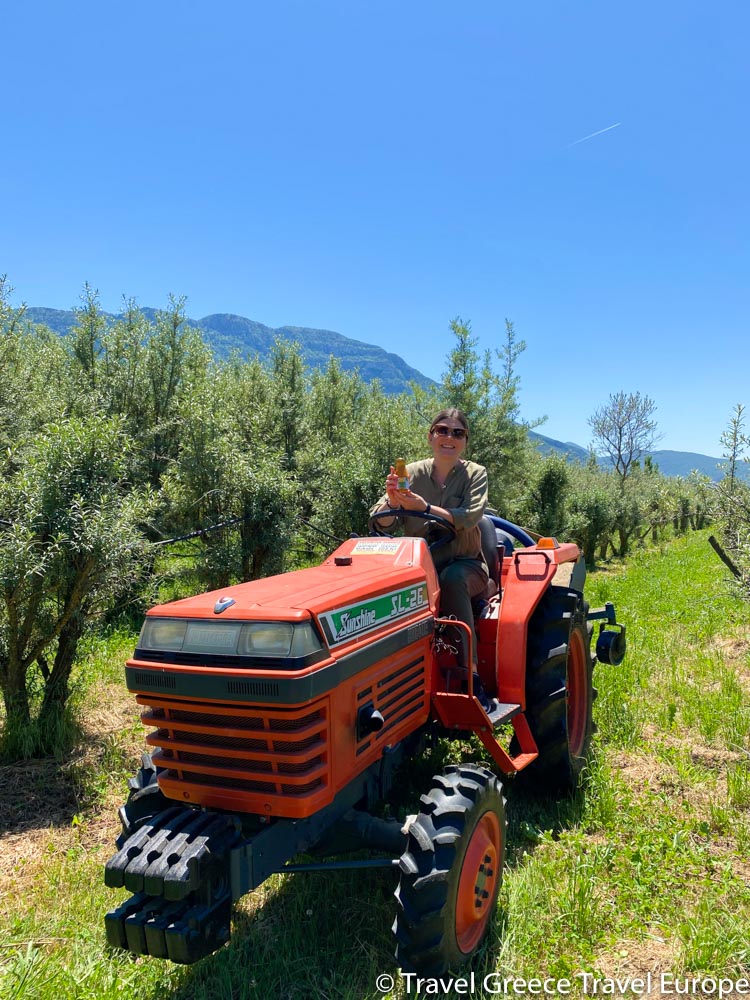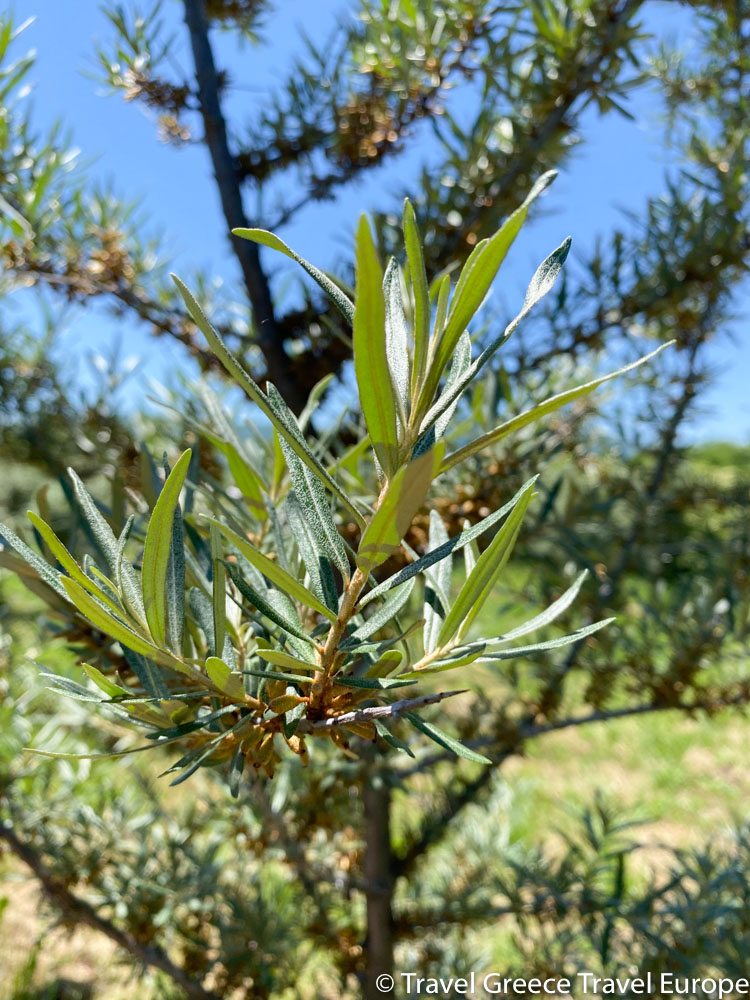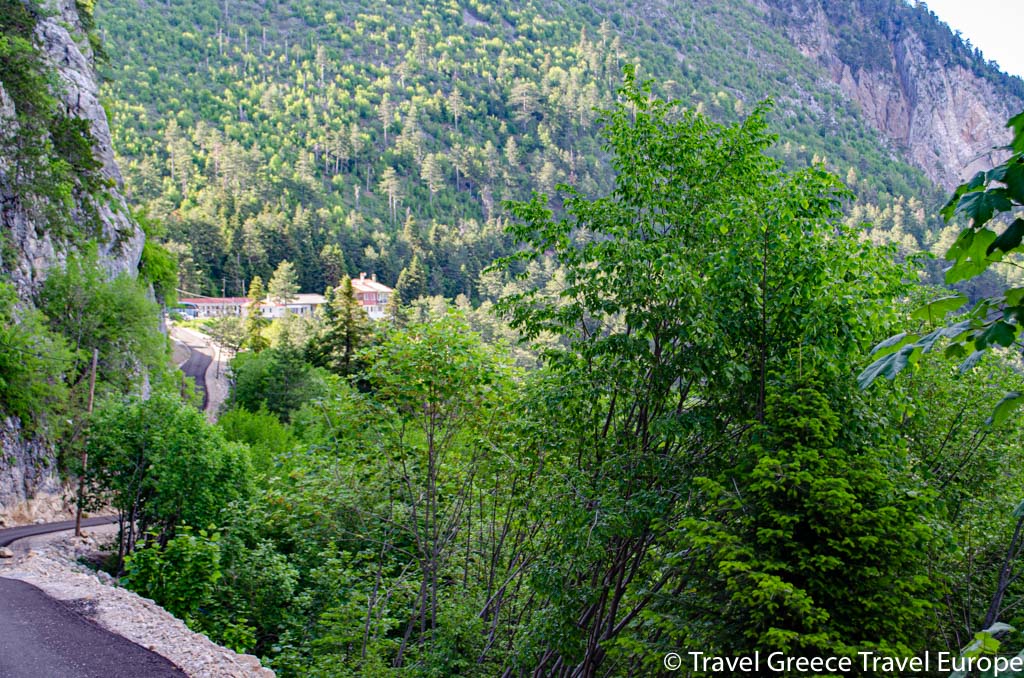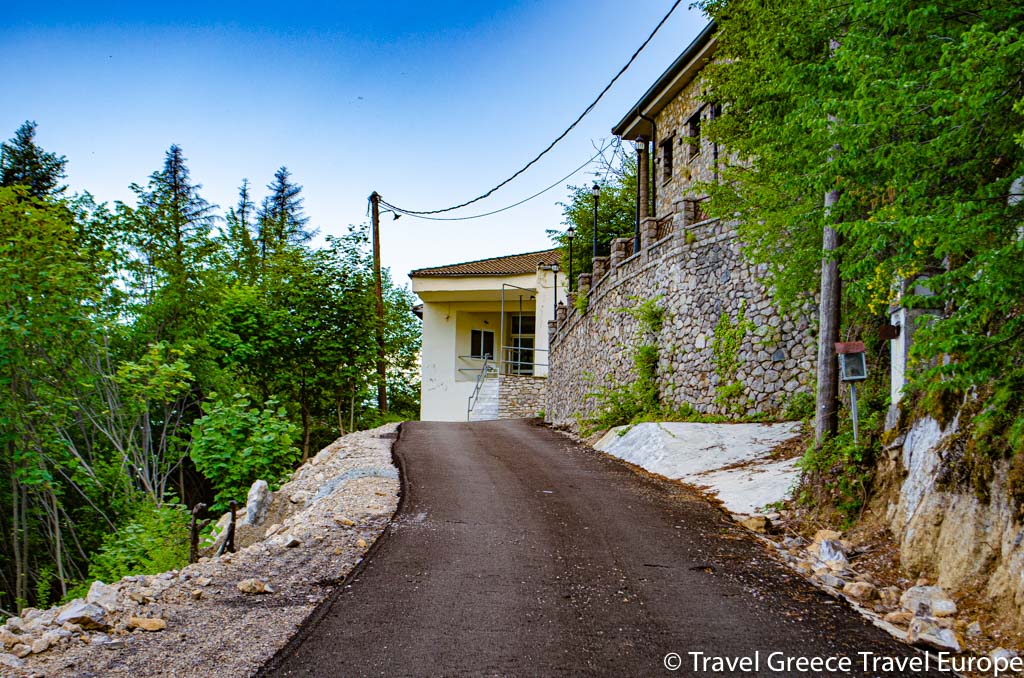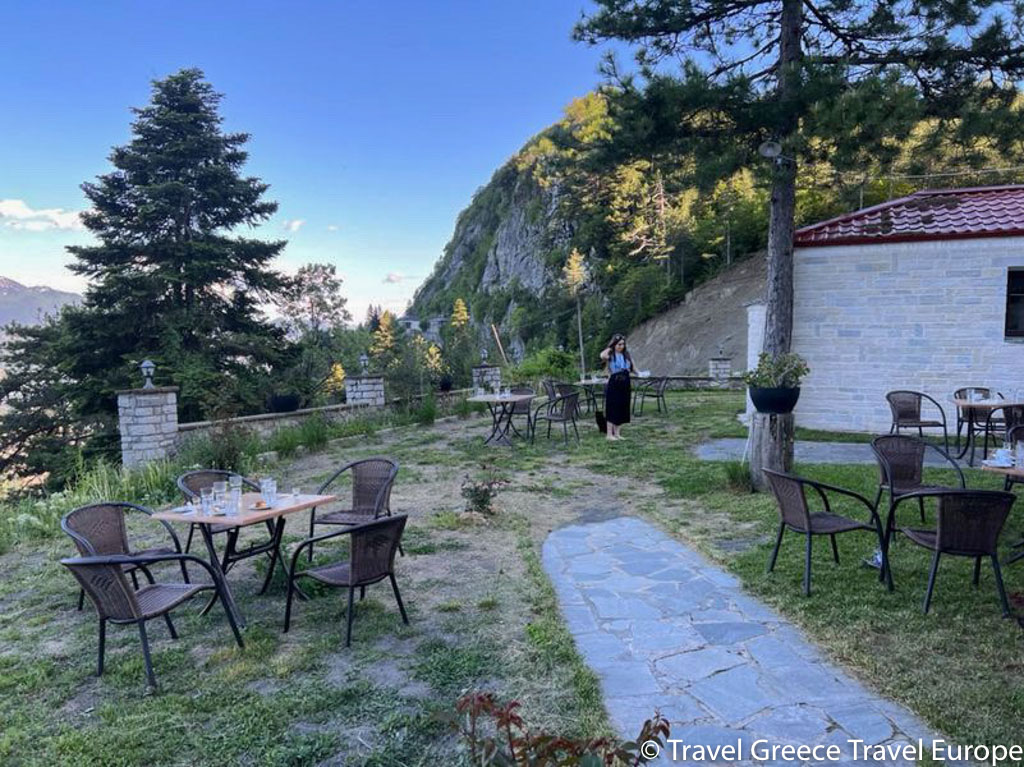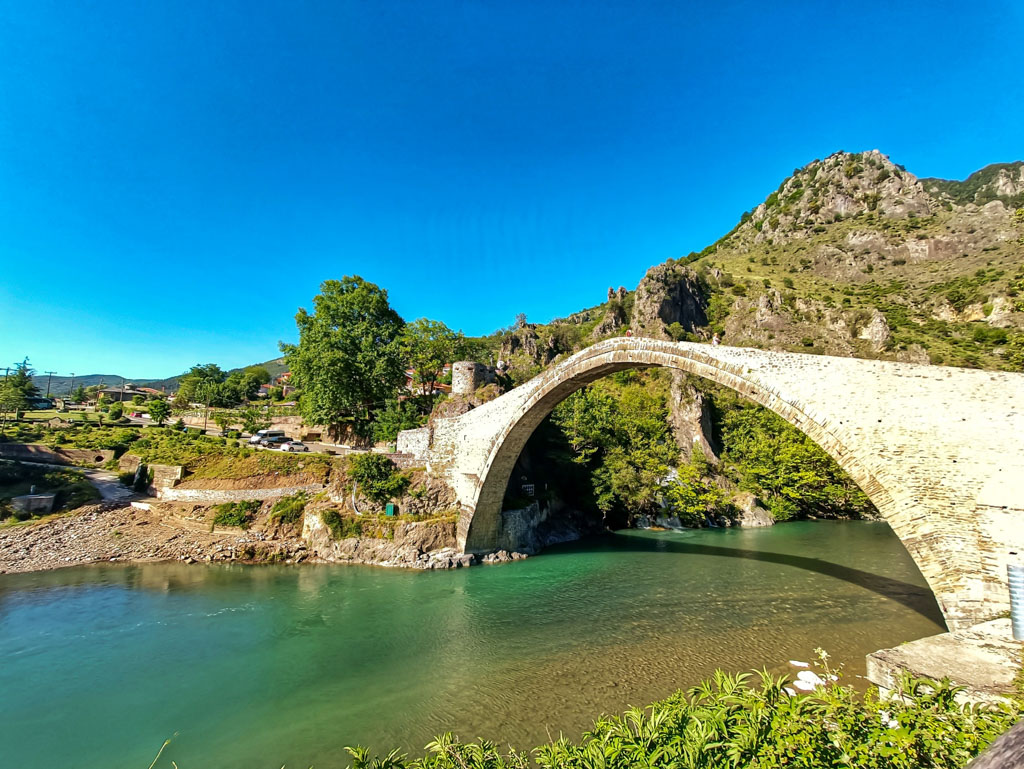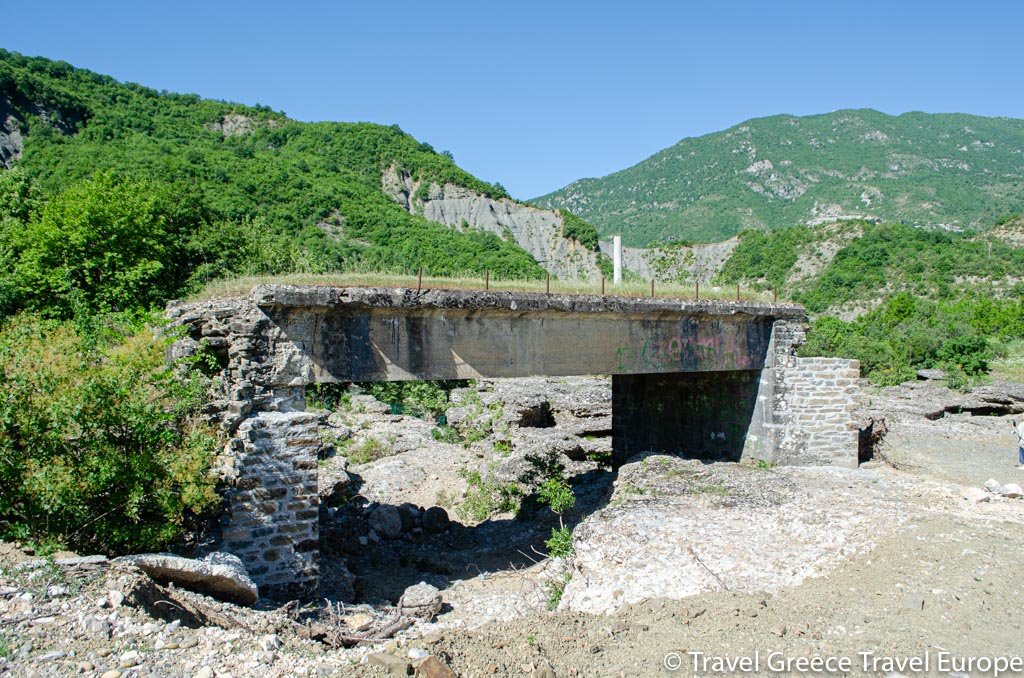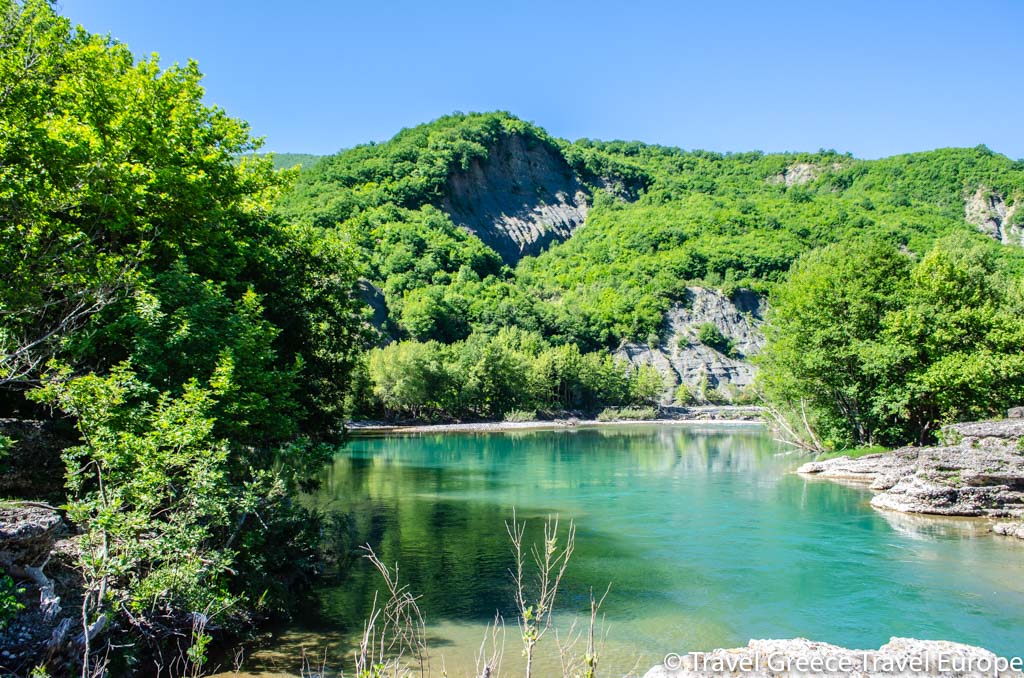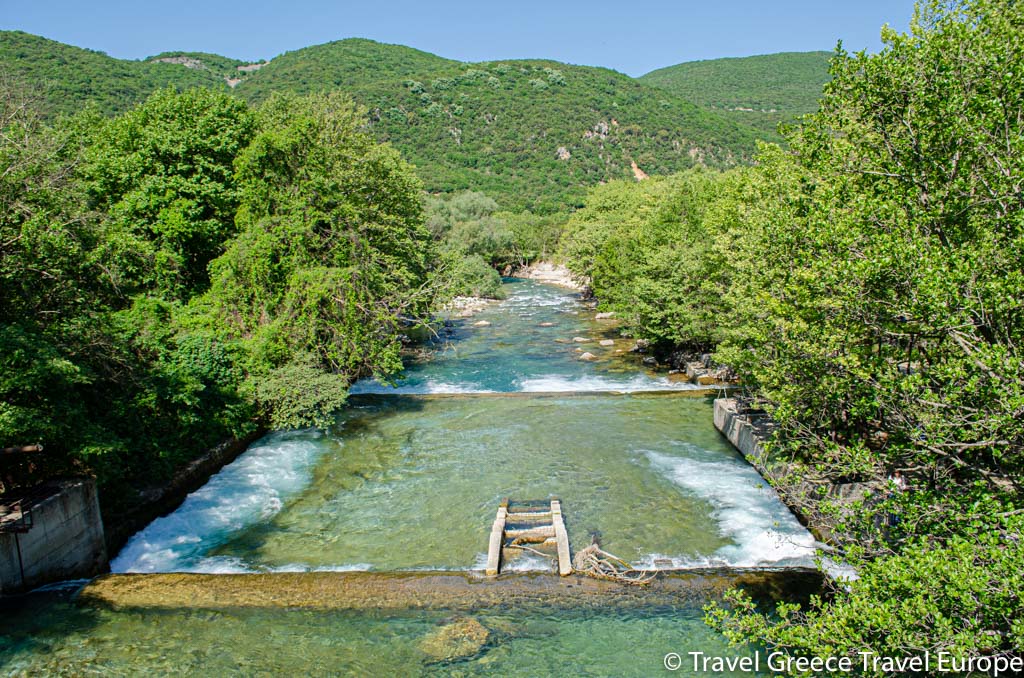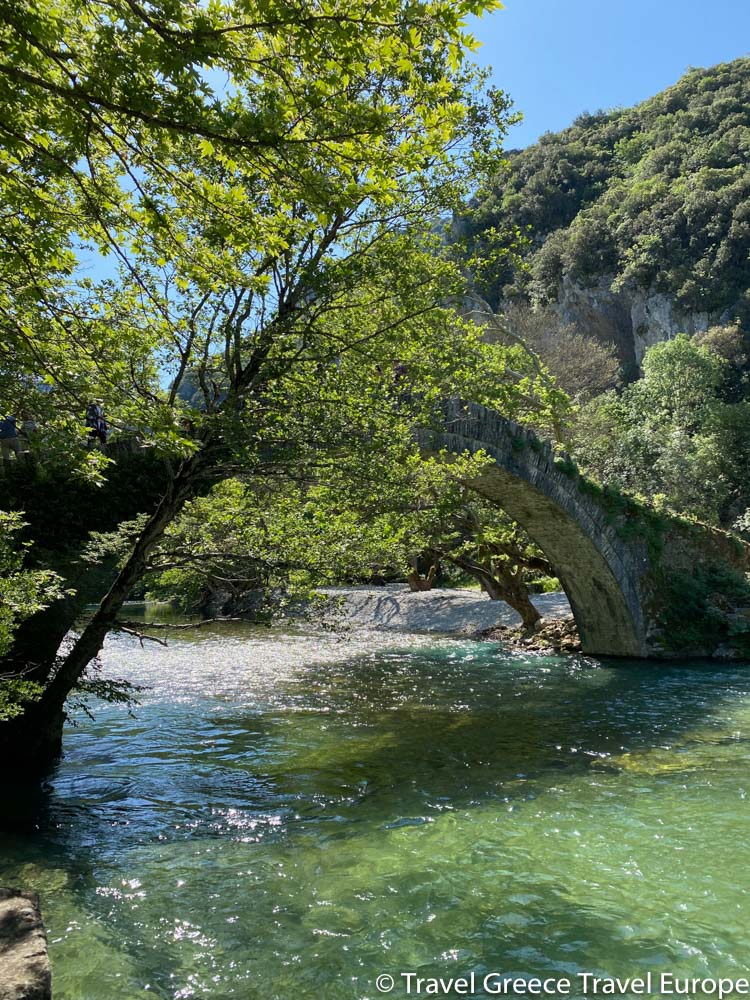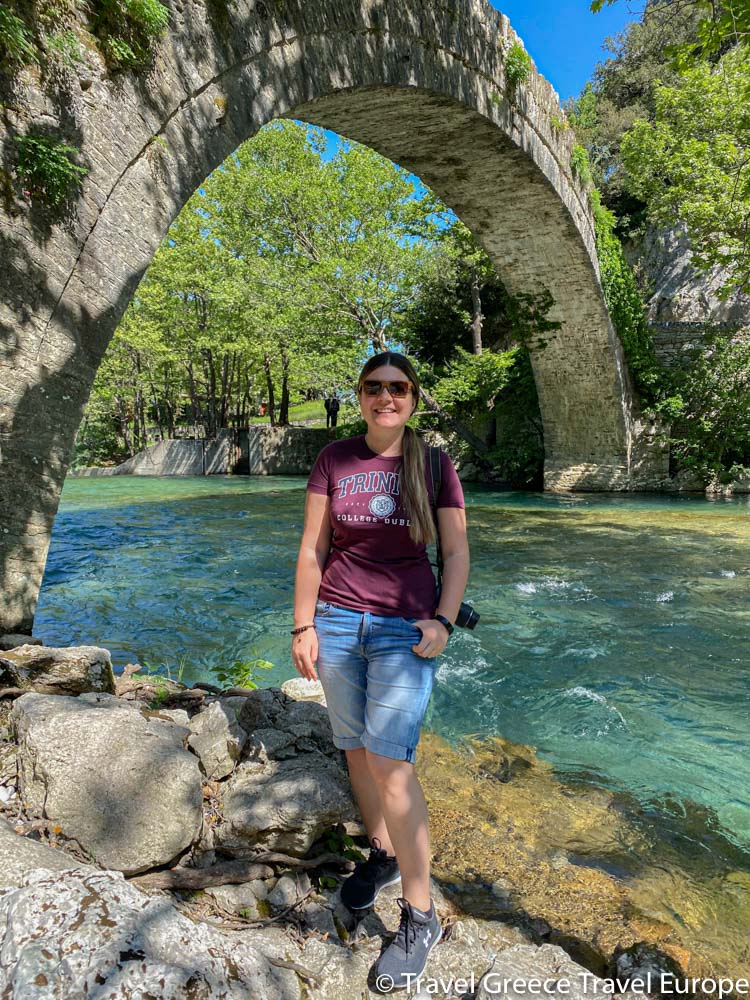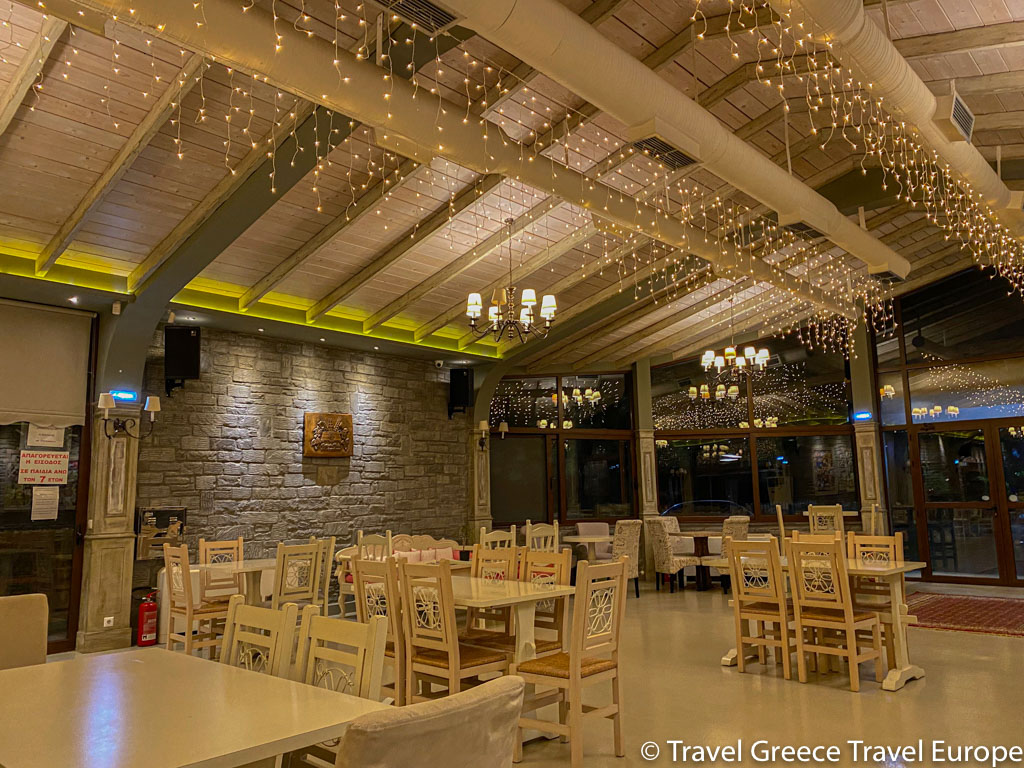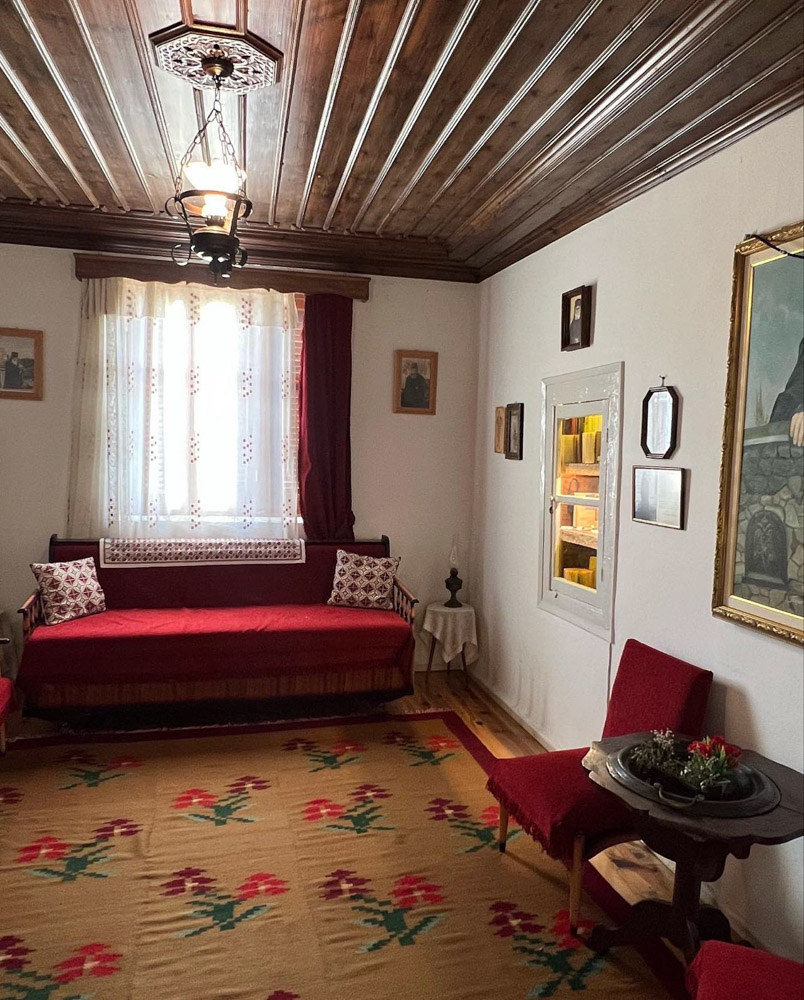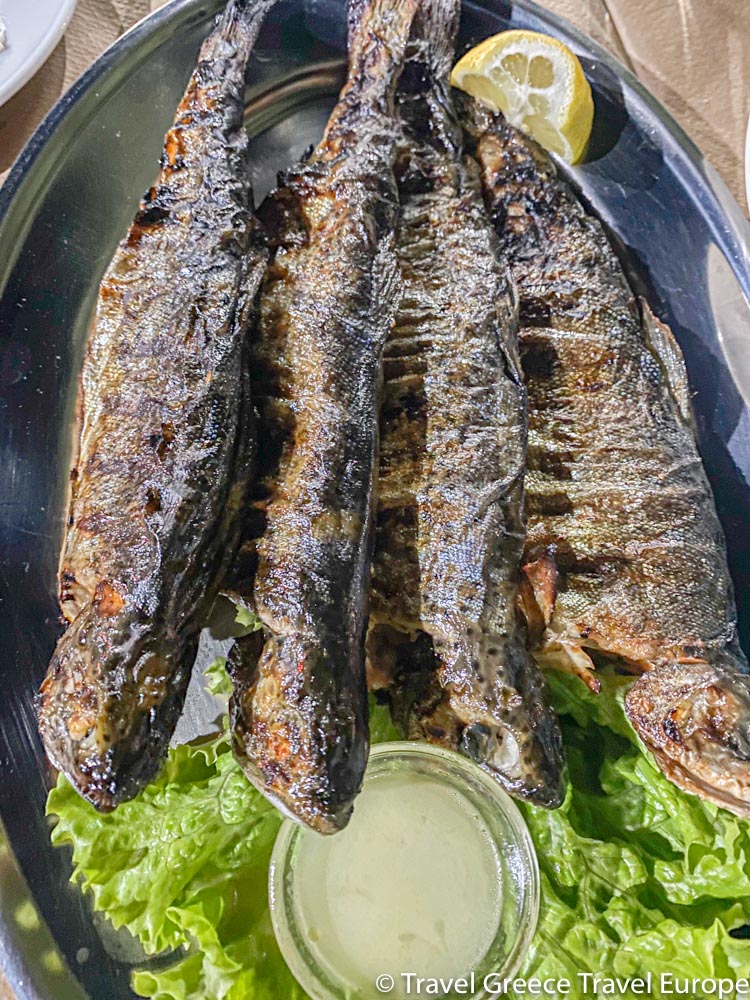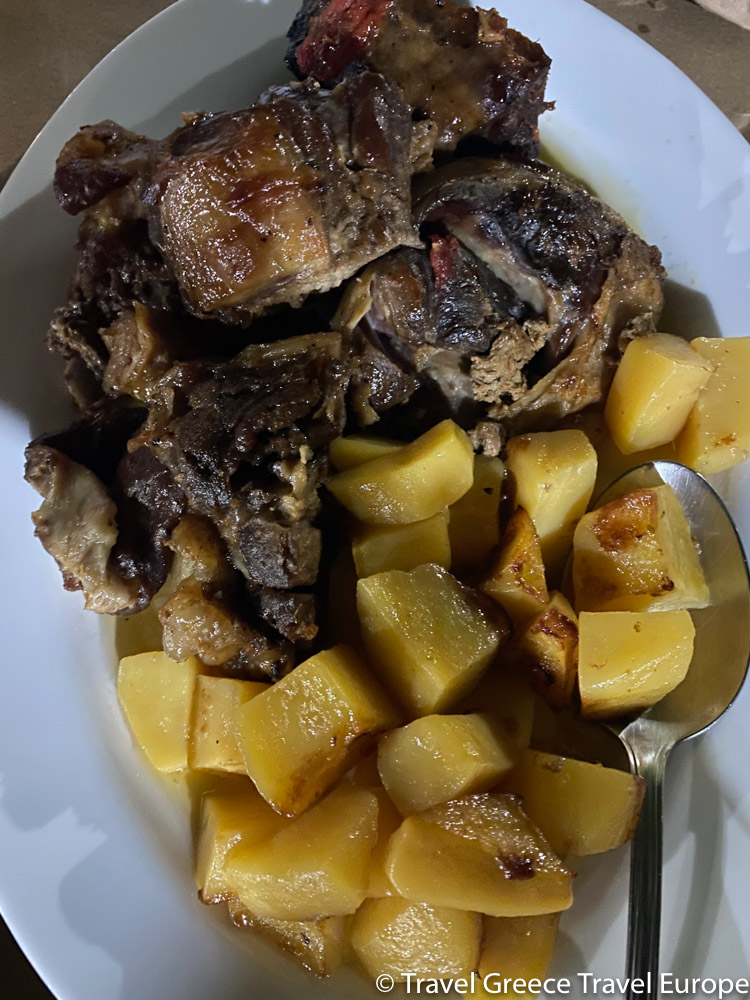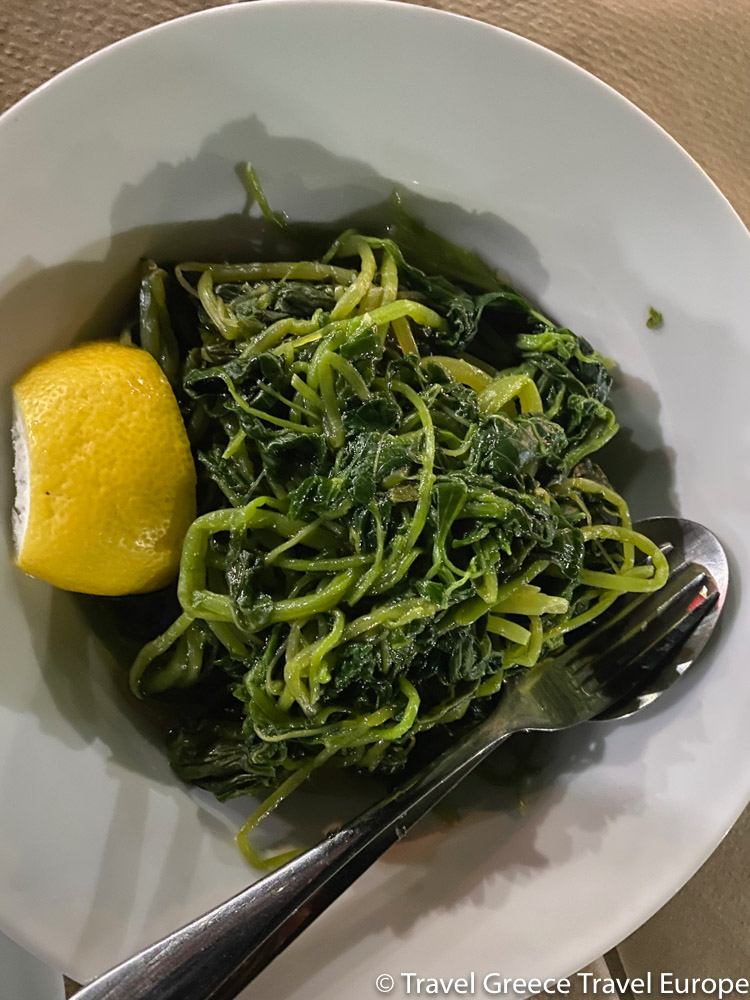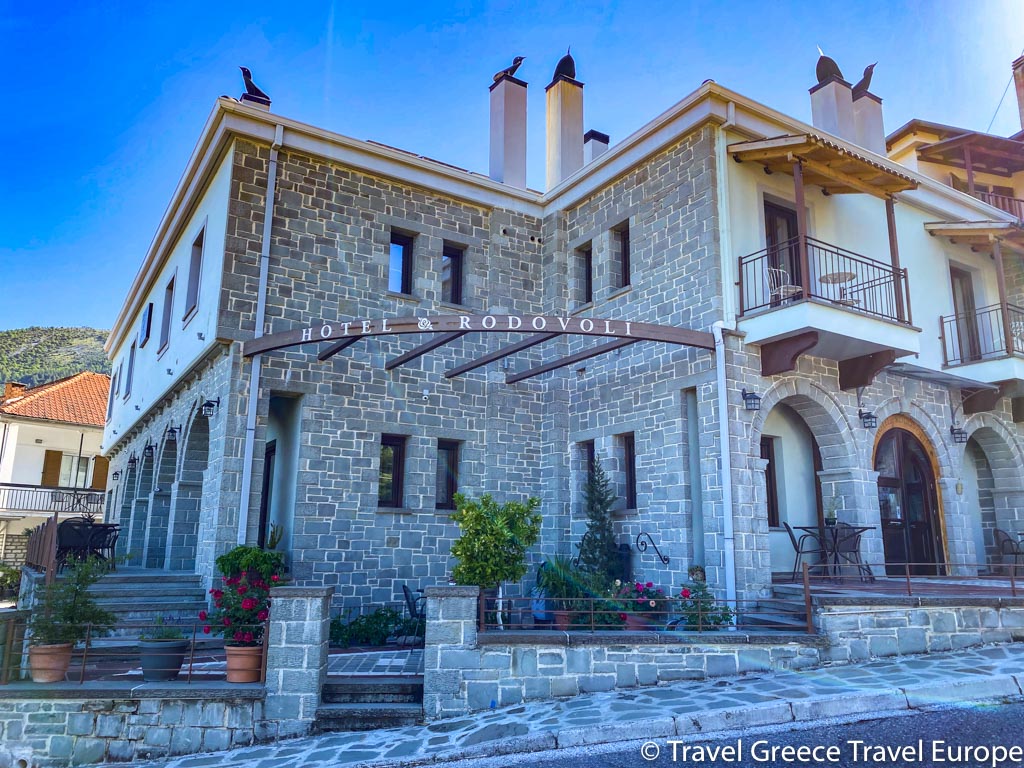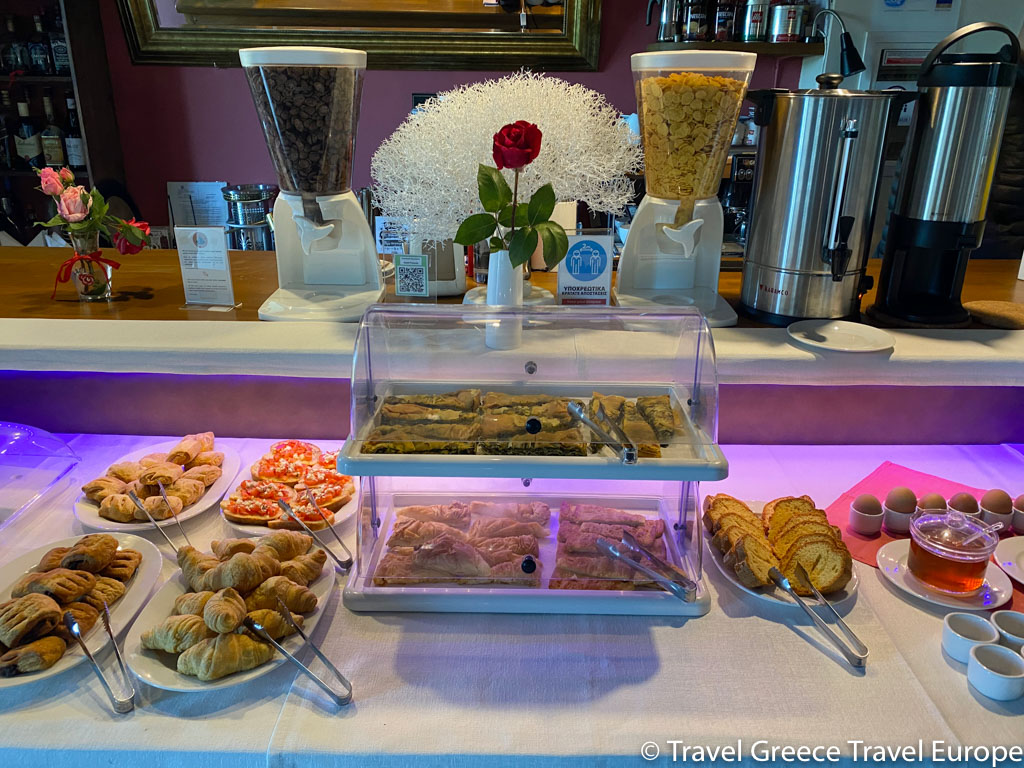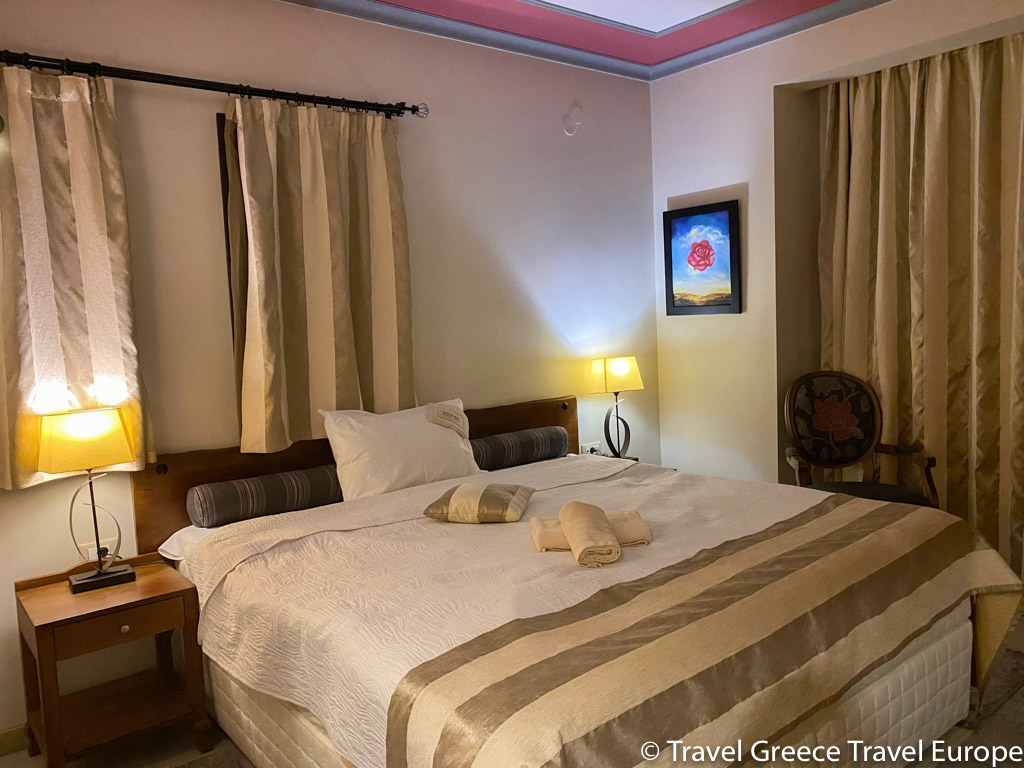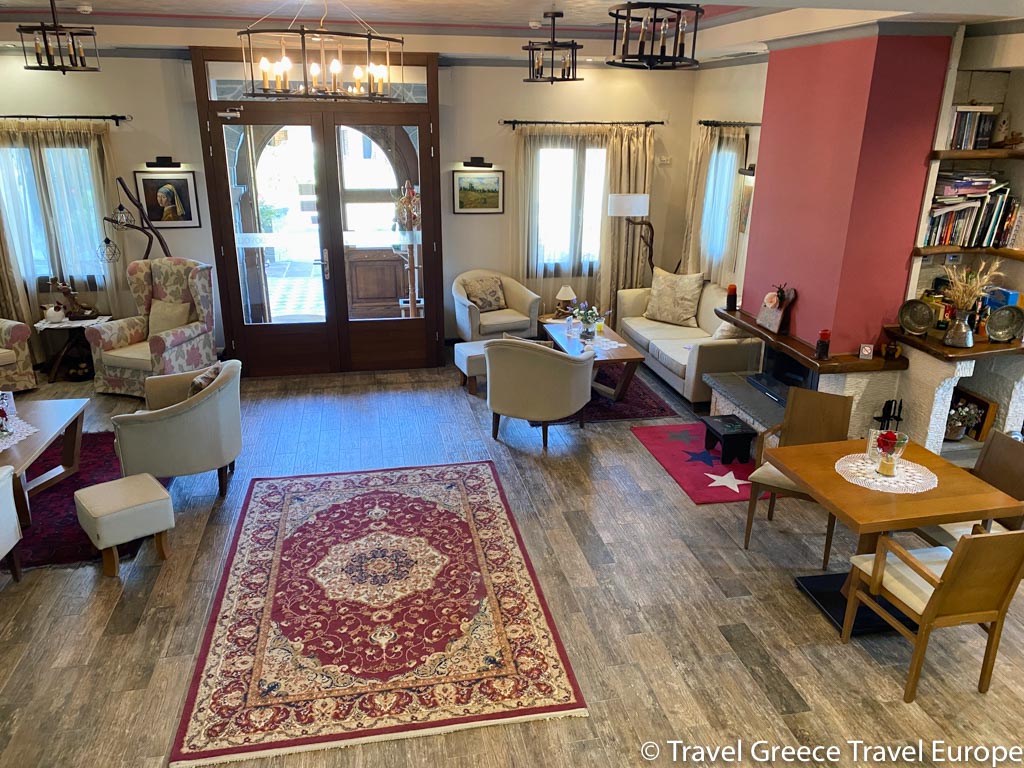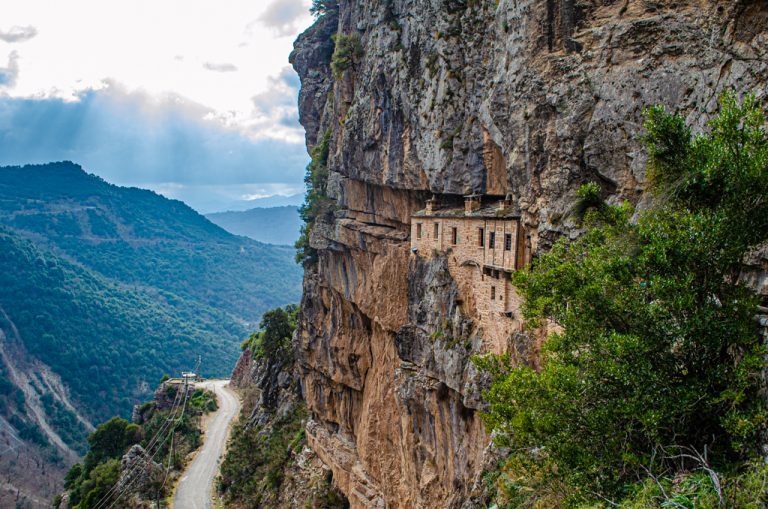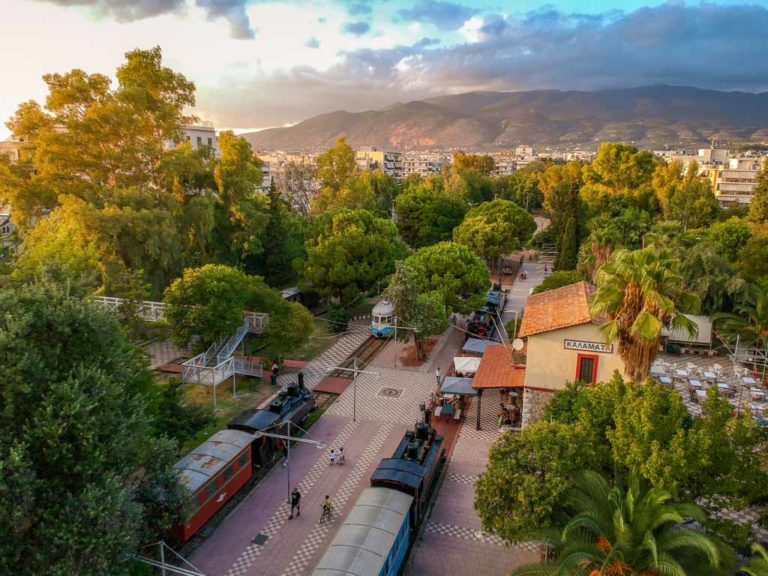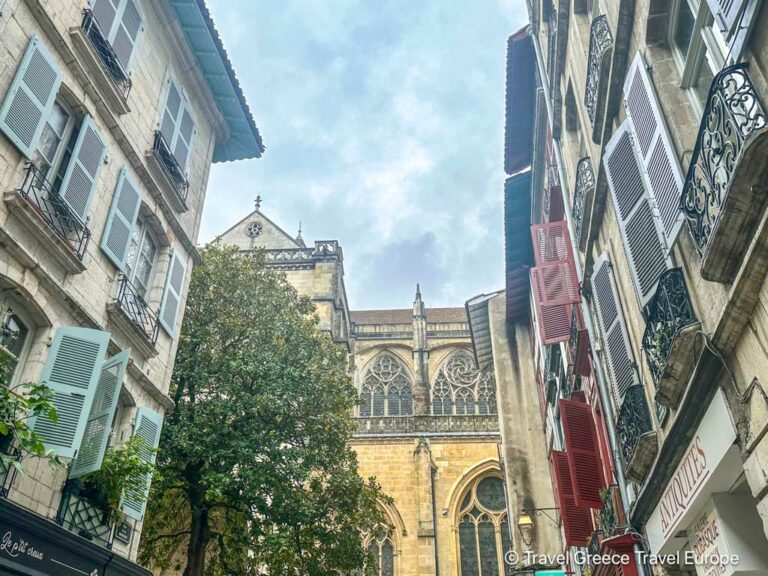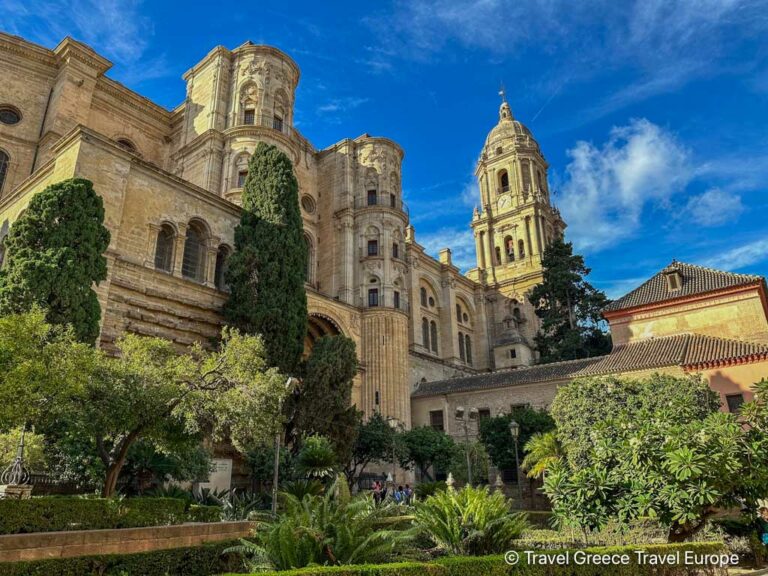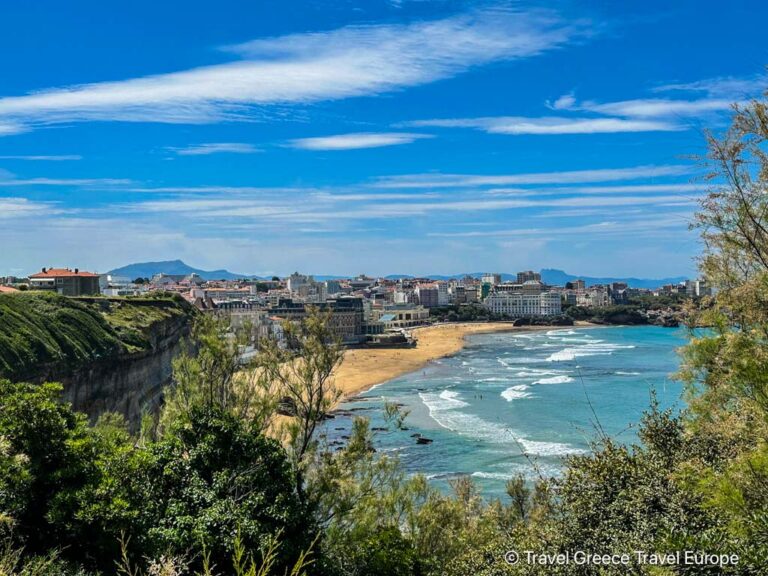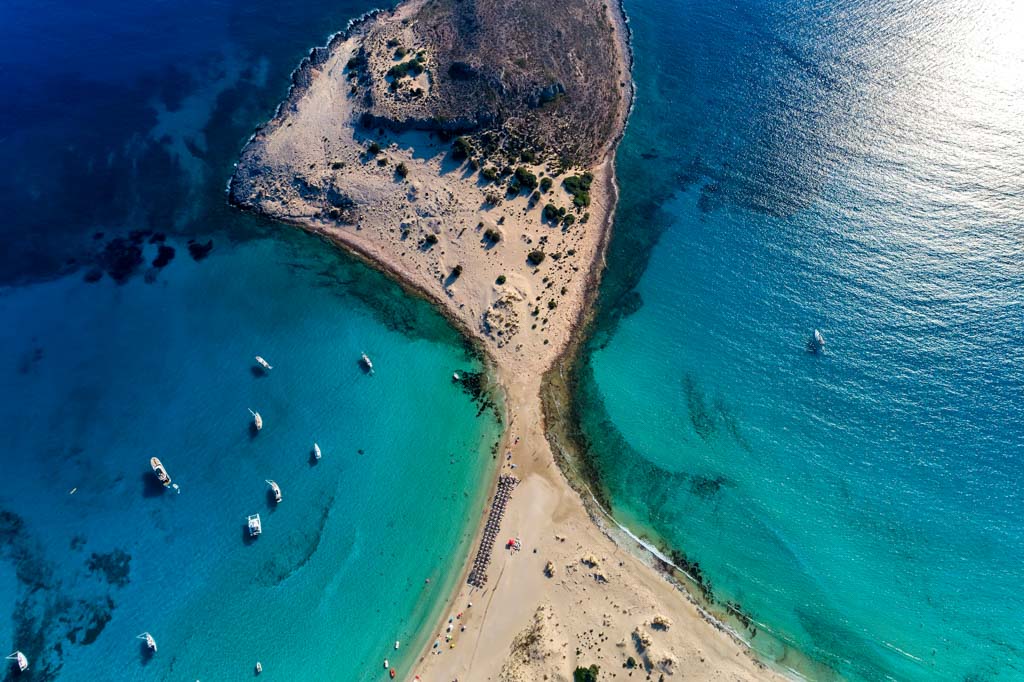13 Reasons to Visit Konitsa, Epirus
Epirus is a land blessed with astonishing diversity, remarkable nature, dense mountain peaks and some of the most charming stone villages and arched bridges a traveler will come across, while journeying through mainland Greece. Every great travel story begins with escaping the crowds, and following the paths less traveled, – as these are often the roads that will grant you with the most rewarding travel experiences.
On the farthest end of Epirus region, lies the quaint town of Konitsa, literally steps away from the Albanian border, built amphitheatrically on the slopes of Mount Trapezitsa (Pindus mountain range) right were the glorious river Aoos meets the crystal clear Voidomatis and the Sarandaporos (flowing in northwestern Greece and southern Albania).
Once upon a time, borders here were nonexistent as shepherds would freely roam the mountains looking for greener pastures for their flock. Today the borders are merely divided by the rivers, and all one can see is glorious land, endless peaks while inhaling refreshing mountainous air.
Konitsa often dubbed as the Greek Alps, indeed offers its visitors bountiful opportunities to connect with nature, history and its centuries long traditions.
Where is Konitsa located
The town of Konitsa lies gracefully at an altitude of 600 meters, just north of Ioannina, the capital city of Epirus (about an hour’s drive) and to the northeast of Konitsa you will find the famous villages of Zagorochoria. The origin of the name of the town most probably comes from the Slavic word kon, meaning horse. The town’s close proximity to the Vikos–Aoös National Park makes it an ideal destination for nature lovers and a perfect base to explore the wider area of Epirus.
1. Explore the charming villages of Mastorohoria
The wider area of Epirus is famous for its stone villages and Konitsa is known for its Mastorohoria – the Villages of the Master Craftsmen, the local artisans and craftsmen of the area who constructed the architectural gems throughout Greece and the Balkans. One such fine example is the village of Gannadio, which opens up to spectacular views of the slopes of Grammos (2520m) and Smolikas (2637m).
The village is characterised by a welcoming square, shaded by a towering plane tree – here you will find the only local traditional kafenio – which of course takes it’s name from the tree and the Church of Taxiarches. This place is truly where one can rest, enjoy a delightful local meal and simply take-in the serenity.
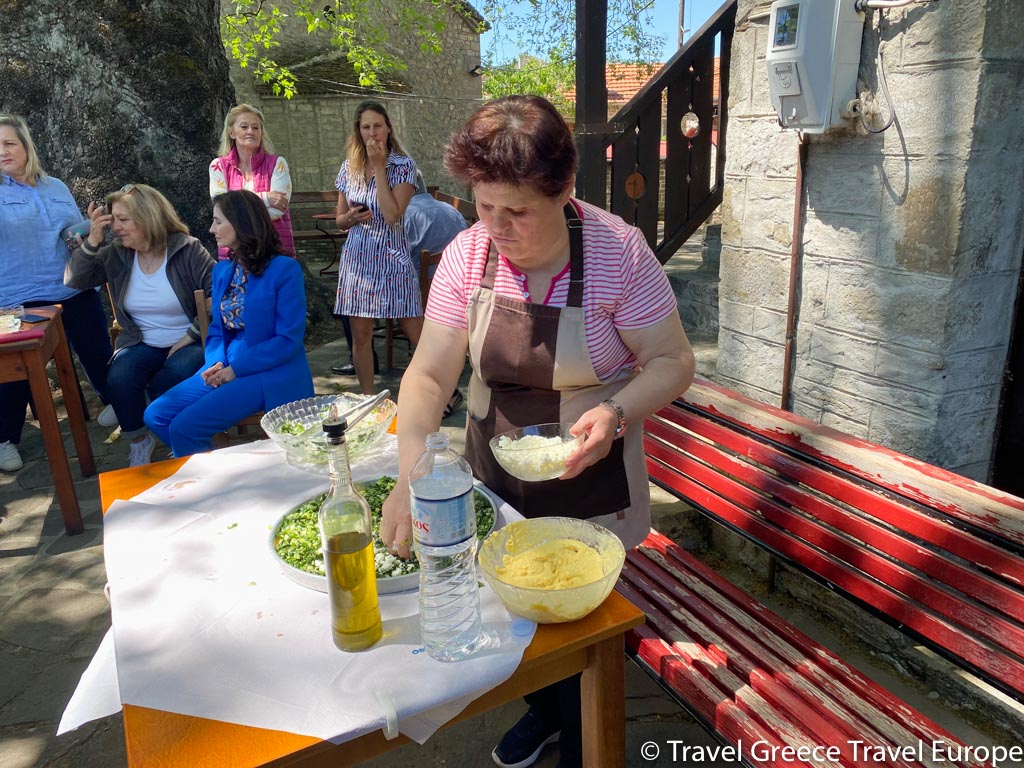
The villages are plenty and each one has it’s unique character, dotted with impressive architectural monuments and magnificent sceneries. Monastiri village is home to the Monastery of Panagia, Hionades village boast a rich tradition of hagiography while Plikati is the most isolated village of Mastorochoria. For those who have more time to spare will find delight in discovering the diversity of this blessed land.
2. Visit the Magnificent Monasteries and Churches
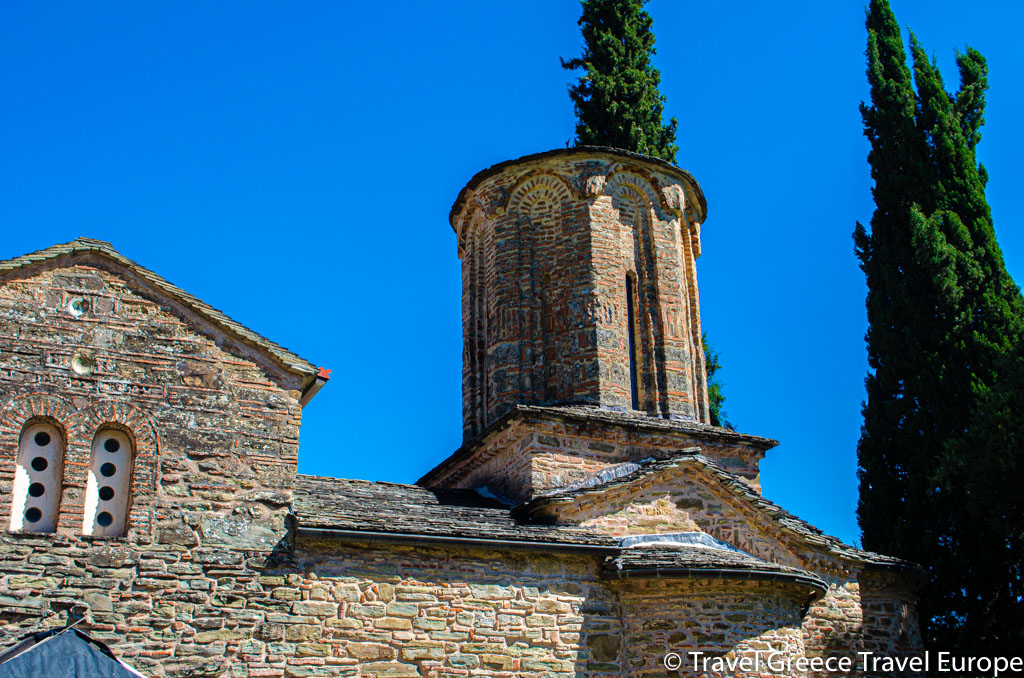 Konitsa and its surrounding villages are home to some of the most notable monasteries and churches which have withstood the test of time. One of the oldest and most impressive monasteries in Epirus is the Holy Monastery of Molivdoskepasti, an imposing byzantine monument that was built by Byzantine Emperor Constantine Pogonatos in the 7th century.
Konitsa and its surrounding villages are home to some of the most notable monasteries and churches which have withstood the test of time. One of the oldest and most impressive monasteries in Epirus is the Holy Monastery of Molivdoskepasti, an imposing byzantine monument that was built by Byzantine Emperor Constantine Pogonatos in the 7th century.
The name of the church derives from the word lead which was owed to the lead roof that the monastery was once sheltered with. Despite suffering numerous destructions over the centuries, this religious monument has been greatly preserved and today one can admire remarkable Byzantine hagiographies dating back to the 16th century.
Molivdoskepasto, a delightful village of about 40 inhabitants which bears the same name as the monastery, is located just a few meters from Albania and has been an important economic and administrative centre since the ancient times.
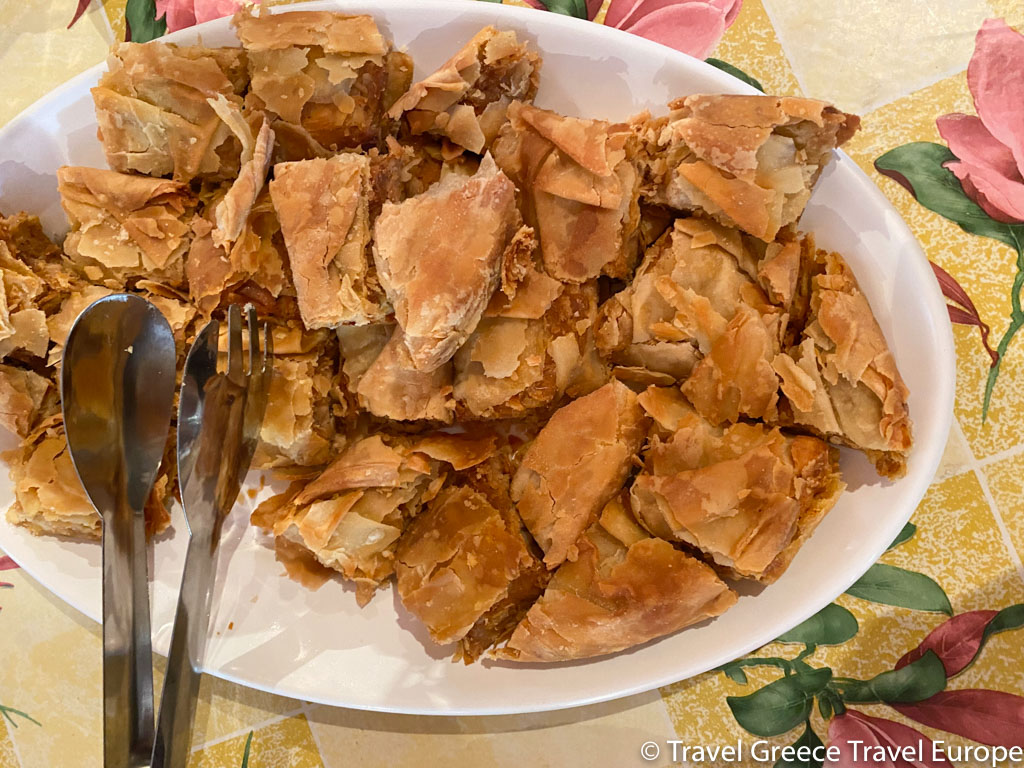
On its small village square you will come across a traditional kafenio, which is the favorite and only hangout spot of the locals and a neighbouring tsipouro distillery where we were invited to savor the local pies with a glass of tsipouro. The hospitality was absolutely delightful.
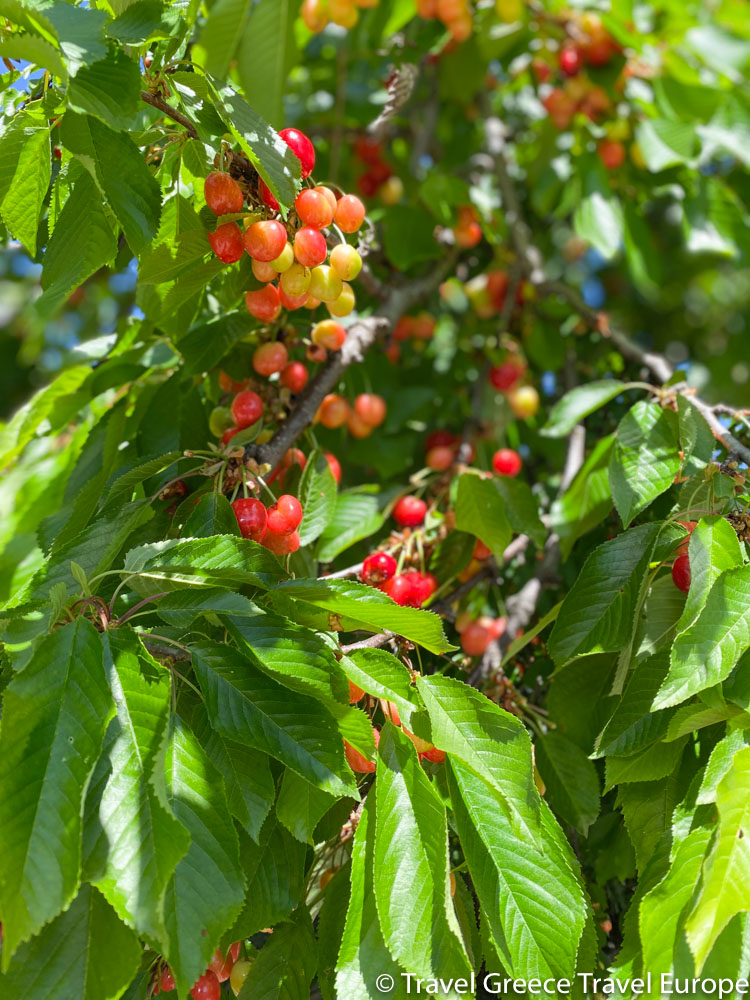 If you do find yourselves in this part of the region, follow the one main road that leads into the heart of the village where you will be greeted by countless cherry trees and dense mountain slopes, make sure to stop at the church of Saint George and quest your thirst by drinking the holy water from the natural spring.
If you do find yourselves in this part of the region, follow the one main road that leads into the heart of the village where you will be greeted by countless cherry trees and dense mountain slopes, make sure to stop at the church of Saint George and quest your thirst by drinking the holy water from the natural spring.
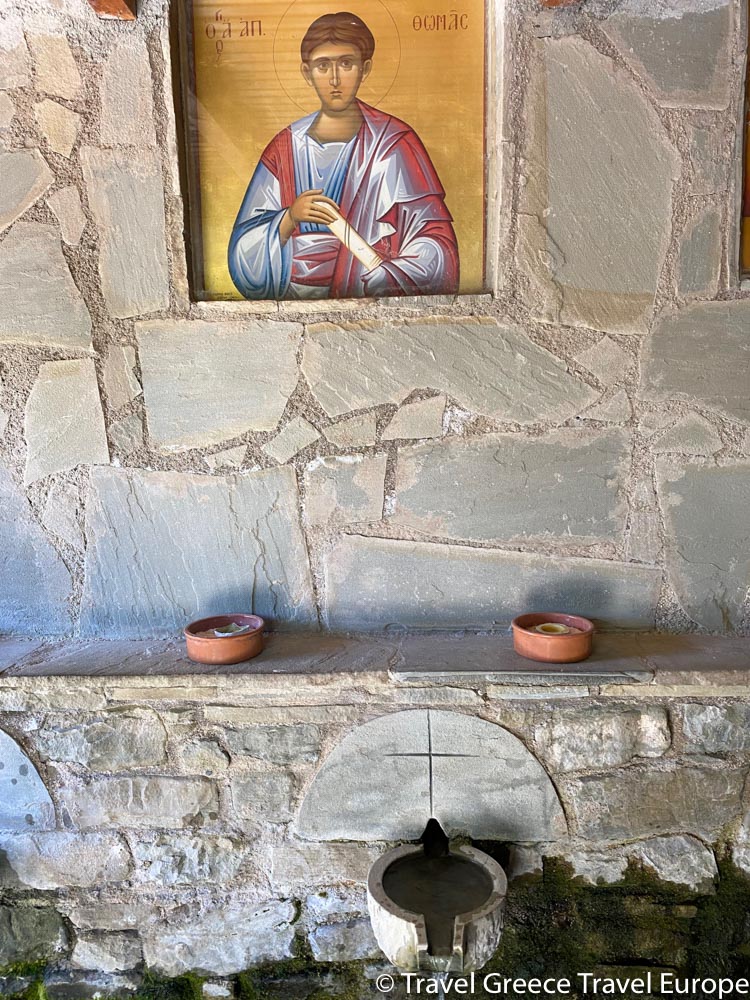
The story has it that whoever drinks from the spring shall definitely return.
At the edge of the settlement you will be welcomed by another historical church dedicated to the Agioi Apostoli, dating back to 1298. The impressive frescoes were completed in 1645 with a generous donation from Panos Papadimitriou who assigned the famous painters Dimitri and Ioanni Skoutari from Grammosta or Grammos (Kastoria region) to complete the works of art.
3. Soak in the traditional character of Konitsa
Konitsa is known to be one of the most beautiful villages of Greece, and highly so. The well preserved stone houses harmoniously coexist with the cobblestone streets, the lush vegetation and blooming rose gardens.
In the afternoon take a stroll along the cobblestone alleys illuminated by the shimmering light that bounces off the stone walls, and you will feel as if you’ve suddenly landed in a fairytale, as you pass among the picture perfect houses with the well manicured gardens.
Once you reach the main square, a sense of calmness will take over as you will see the locals comfortably sitting in the cafe, enjoying small talk over coffee or perhaps something stronger.
In places such as Konitsa, you must learn to succumb to the flow and rid your mind of any worries, at least for a moment. That’s what we did, we sat down, ordered coffee and engaged in small talk.
For those who are curious to know more about the history of this charming place, there are several landmarks worth mentioning, the Mosque of Sultan Suleiman is famed for its spectacular architectural heritage, as well as the house of Hamko, mother of the ruthless ruler Ali Pascha. Oenophiles are invited to explore the museum of wine and vine, while history buffs can engage in the exhibits displayed at the Museum of Natural History and Folklore.
4. The land of berries and superfoods
The landscape of Epirus bears many gifts, among them are the cherry trees, yet there is one farmer who went beyond what’s safe and known, and decided to try something new.
Sea buckthorn berries aren’t at all common to the Greek landscape, yet it didn’t stop Philippos Barbas from successfully planting one thousand trees in Konitsa. He uses modern day farming techniques and land irrigation is operated right through his phone. The superfood does wonders for your heath, no chemicals are added and the production is based solely on the gifts of nature.
The idea started in 2009, when Barbas wanted to turn his hobby into career by establishing Ipofaes.gr, and with hard work and perseverance this is what he did. He recently added products such as Ginkgo biloba (the herb for excellent memory) and milk thistle which are both grown and processed in Greece.
5. Enjoy Therapeutic Spa Treatments at the Thermal Baths of Amarantos
The thermal baths were first built in 1923 however up until the 1960s visitors could only make it up here with the help of animals. The thermal springs of Amarantos are located in the north of the Amarantos village surrounded by lush greenery at an altitude of 1200m. The facilities feature 13 individual baths, a common pool and a separate steam room. The spa operates from June until September.
There are several accommodation options available in the village and the area also features 15 rock climbing lanes for all levels of difficulty (open from June until October). This place is truly a great destination for those who wish to escape the modern day worries.
6. Admire the Arch bridge of Konitsa
The stone bridge of Konitsa which is the unique landmark of the town is said to be the largest single arch bridge of the Balkans. Towering over the Aoos river this 20 meter high and 35 m in length single arch bridge was constructed in 1870 by Ziogas Frontzos, a skilled craftsman from the village of Pyrsogianni.
In 1870 when the Turkish army was leaving Konitsa they attempted to blow up the bridge, luckily they failed and this impressive bridge has managed to withstand time, making it one if the main attractions in the area.
7. Witness the remains of Mesogefira – an important turning point in history
The third in ranking bridge of river Aoos once served as the only connection with the neighbouring Albania. The three arched bridge was initially built in the 7th century and in turn was blown up by the Greeks in 1940 in order to prevent the Italian troops from entering Greece. Today one can see just the remains of a wall surrounded by lush greenery and refreshing waters of river Aoos.
8. Visit the Northern Pindos National Park
The Northern Pindos National Park was created in 2005 by unifying the Valia Kalda and the Vikos–Aoös National Park. Covering an area of almost 2,000 square kilometers, makes it the largest national park in mainland Greece. The park is made up of almost all of Zagori, parts of Konista and Metsovo, as well as the western part of Grevena.
The park offers a one of a kind combination of natural wilderness and traditional villages. In 2010 the Vikos- Aoos region, which is also home to the world’s steepest gorge (according to the Guinness World Record) received the recognition of the International Geopark by UNESCO.
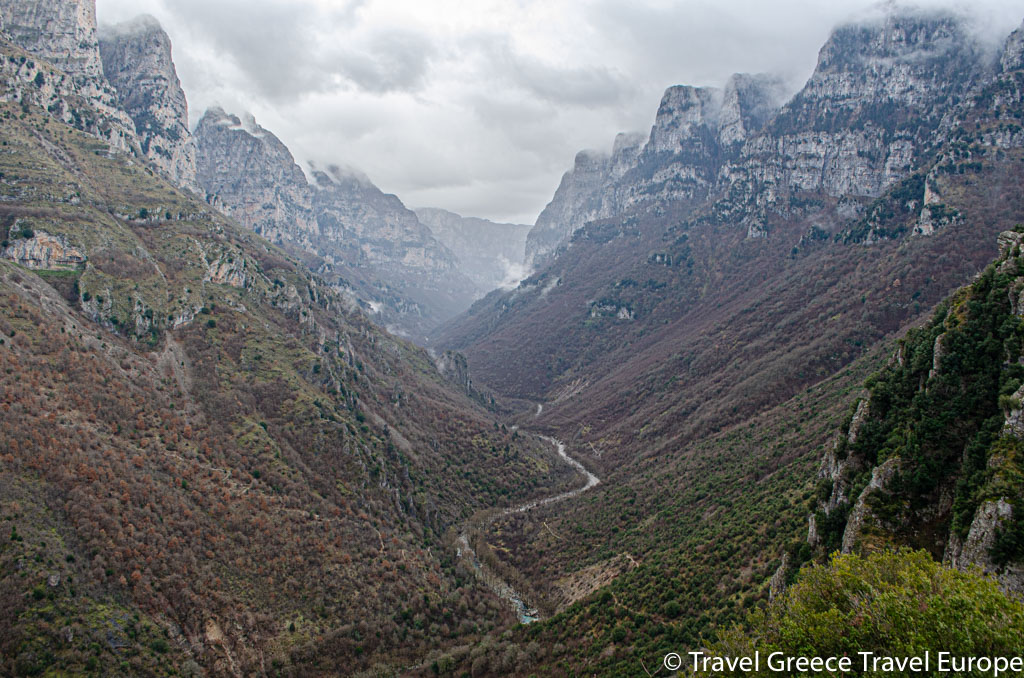
The park hosts many rare ecosystem types as well as numerous endemic species of fauna and flora. Over 2000 plant species have been recored throughout the area of the Park, over 2500 species of mushrooms have been documented, as well as 60 species of mammals, almost all of which have been listed as endangered mammals of Greece.
The Northern Pindos National Park is also home to 186 bird species, birds of pray such as Egyptian vulture (a universally endangered species), the golden eagle, the fish hawk, among others have found their safe haven here.
The parts of the Park can be accessed from different areas. In Konitsa there are two notable stone bridges which are included in the attractions of the park, one is the Voidomatis Bridge, Kleidonias built in 1853 and the Konitsa bridge on the Aoos river built in 1850.
9. A paradise for Active holidays
Epirus is an all season destination, and the perfect place for all types of activities, from hiking, rafting, repelling, horse riding and skiing.
The region is dotted with numerous hiking trails for all levels of difficulty and age groups. For those who wish to try rock climbing, yet aren’t sure of their skills, Via Ferrata is a unique activity that doesn’t require any previous experience. It is a climbing trail which is carved into the steep hill, equipped with steel cables and ladders along the route. The Via Ferrata can be experienced at the river Aoos and the trail begins at the historical bridge of Konitsa.
10. Experience wildlife at the Konitsa Lotos Farm
Sprawling over130 hectares of land this wonderful retreat is a perfect destination to experience wildlife in its natural environment. Guests are invited to stay in comfortable lodges made of wood and stone, which harmoniously coexist with the natural surroundings. Here you will also get to meet the local permanent residents such as wild deer, boar, horses and many more. On the grounds of this farm complex there is a banquet hall with a 700 persons seating capacity and a small chapel of St. Nicholas which can host private christenings and orthodox weddings.
11. Visit the house of Saint Paisios
Saint Paisios, the beloved holy elder of Greece was born in Cappadocia, Asia Minor, the modern day Turkey. A few days following his baptism all the Greeks were exiled from Asia Minor and his family settled in Epirus. Most of his life Paisios lived in Konitsa and became a monk in the Holy Monastery of Panagia in Stomion.
He warned against strong dependence on material possessions – “The person who is possessed by material things is always subjugated to unhappiness and anxiety: he trembles for fear that his things will be taken away from him” – wise words from one of the most beloved modern saints in the Orthodox world. Greek TV series have been filmed in many areas of Konitsa, dedicated to the life of Saint Paisios. Some of the scenes were also filmed at the village of Gannadio.
12. Pay a Visit to the Tree Church of Ayios Paisios
One of the highlights of Konitsa is the hidden church of Saint Paisios housed inside the oldest tree of Konitsa. It is located at a close proximity to the village of Ayia Varvara, along the main road that leads to Amarantos.
 13. Eat, Drink and Dance Rebetiko
13. Eat, Drink and Dance Rebetiko
The cuisine of Epirus is blessed with wonderful flavors, the goats and sheep enjoy a healthy mountainous diet and in turn produce excellent milk which is used to make some of the finest butter, cheese and yogurt in the country. Meat dishes are sumptuous and are perfectly fitting to the cool climate that Epirus enjoys during the winter months. Pies are known to be a staple dish of the region, and are absolutely delicious.
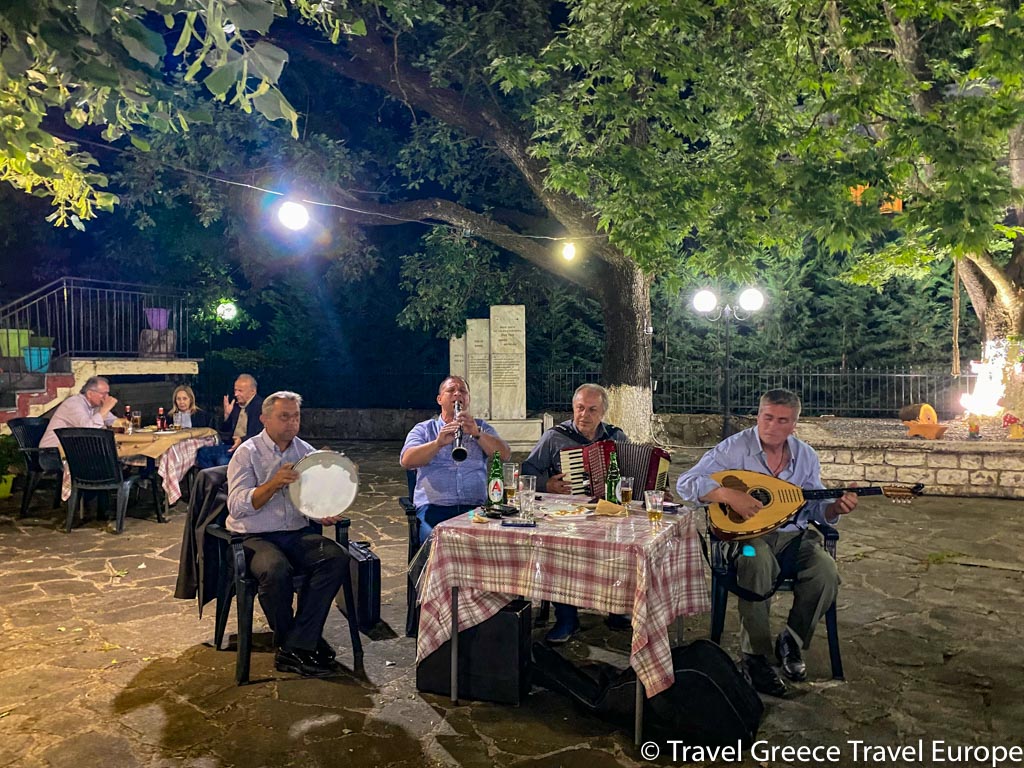
Phyllo pastries of Epirus also hold a high place in the region’s rich cuisine, try Klostari with walnuts (Epirus Gi) produced based on grandma Sosana’s traditional recipe which was found by her family hidden in a box of spices stacked in her kitchen. An original Greek baklavas that will make you want to lick your fingers.
And while you are wining and dining your way through the welcoming villages of Epirus, you might be lucky to come across some locals somewhere in an outdoor tavern, gathered over a meal, drinking wine and enjoying rebetiko music. The best memories are usually the ones that are unplanned. When in the area check out Alexia’s tavern with a beautiful outdoor seating area perfect for the warm summer nights.
Where to Stay in Konitsa
Rodovoli Hotel
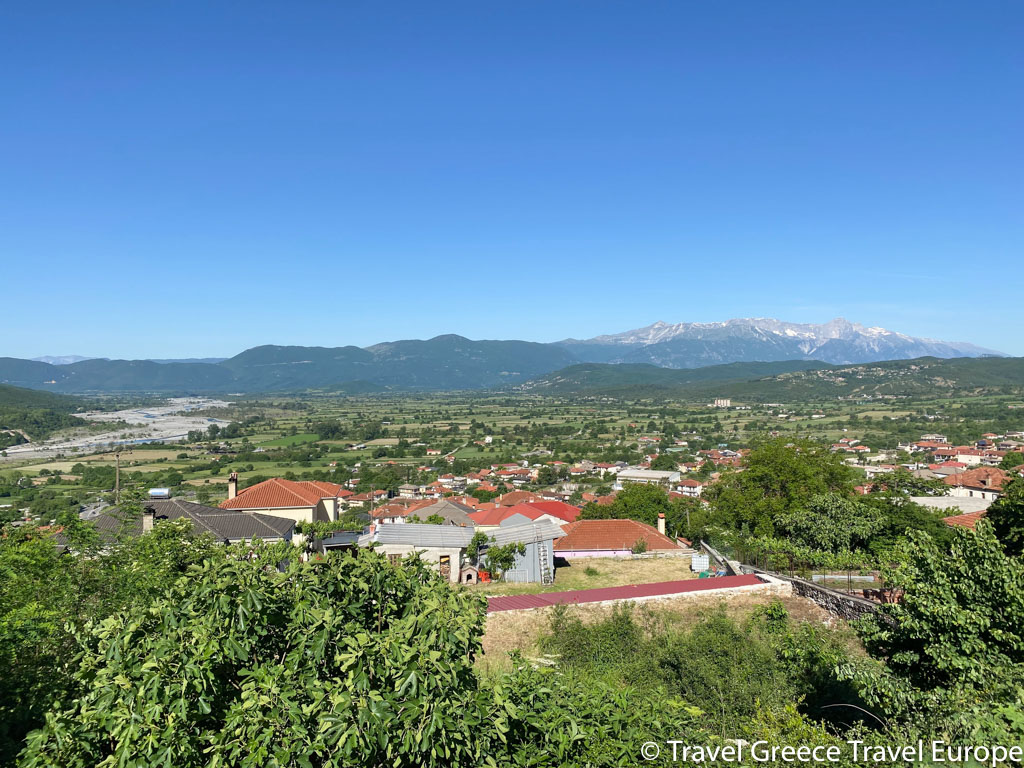
The first impressions looking out of the window in the morning were spectacular, a vast valley lay in front as far as the eye can see. The refreshing mountainous air greets the traveler at all times of year.
This charming 3-star hotel in Konitsa is a fine example of the local architecture, build of stone and wood it offers guests a comfortable and hospitable stay. The hotel’s 11 rooms are equipped with the fantastic Coco-mat bedding, ensuring that you will receive excellent rest and a good night’s sleep.
The hotel’s central location and easy access to Konitsa’s main attractions make it an ideal base for a wonderful getaway throughout the year.
*Travel Greece, Travel Europe was a guest on the Press trip organized by CK Strategies and Visit Konitsa. All opinions expresses are always our own.



